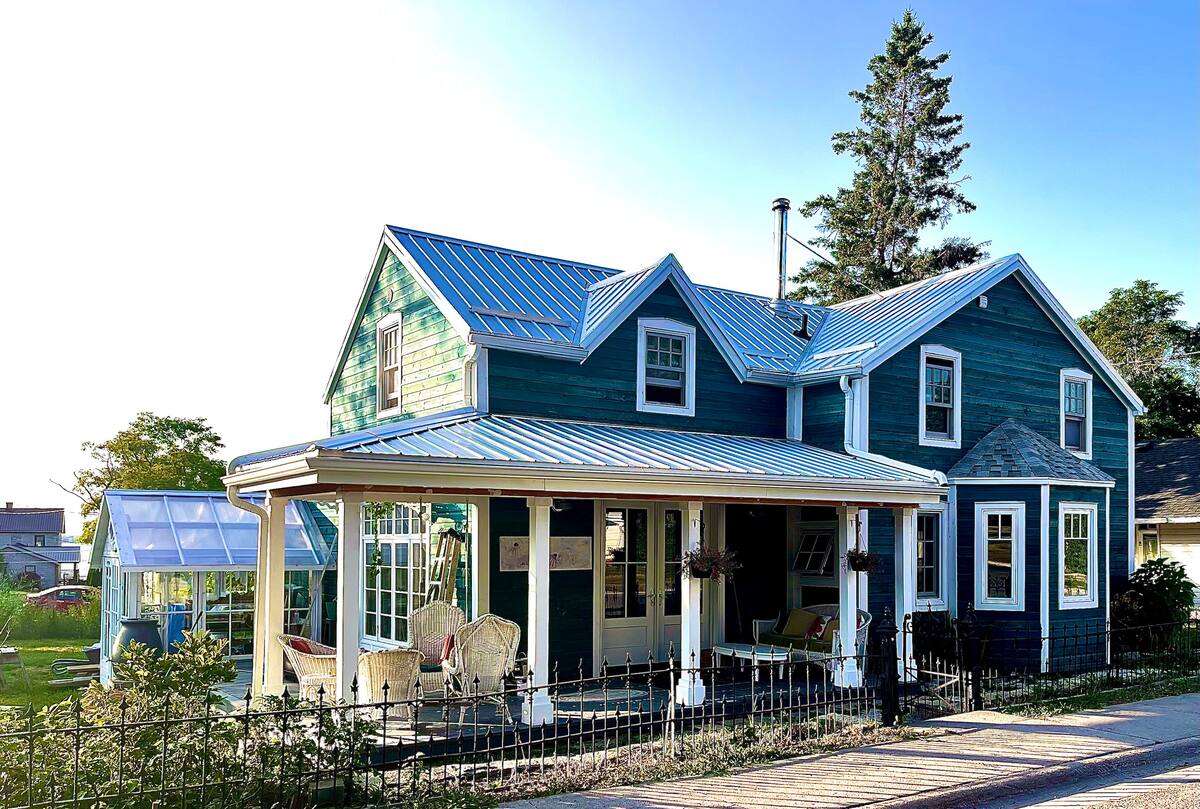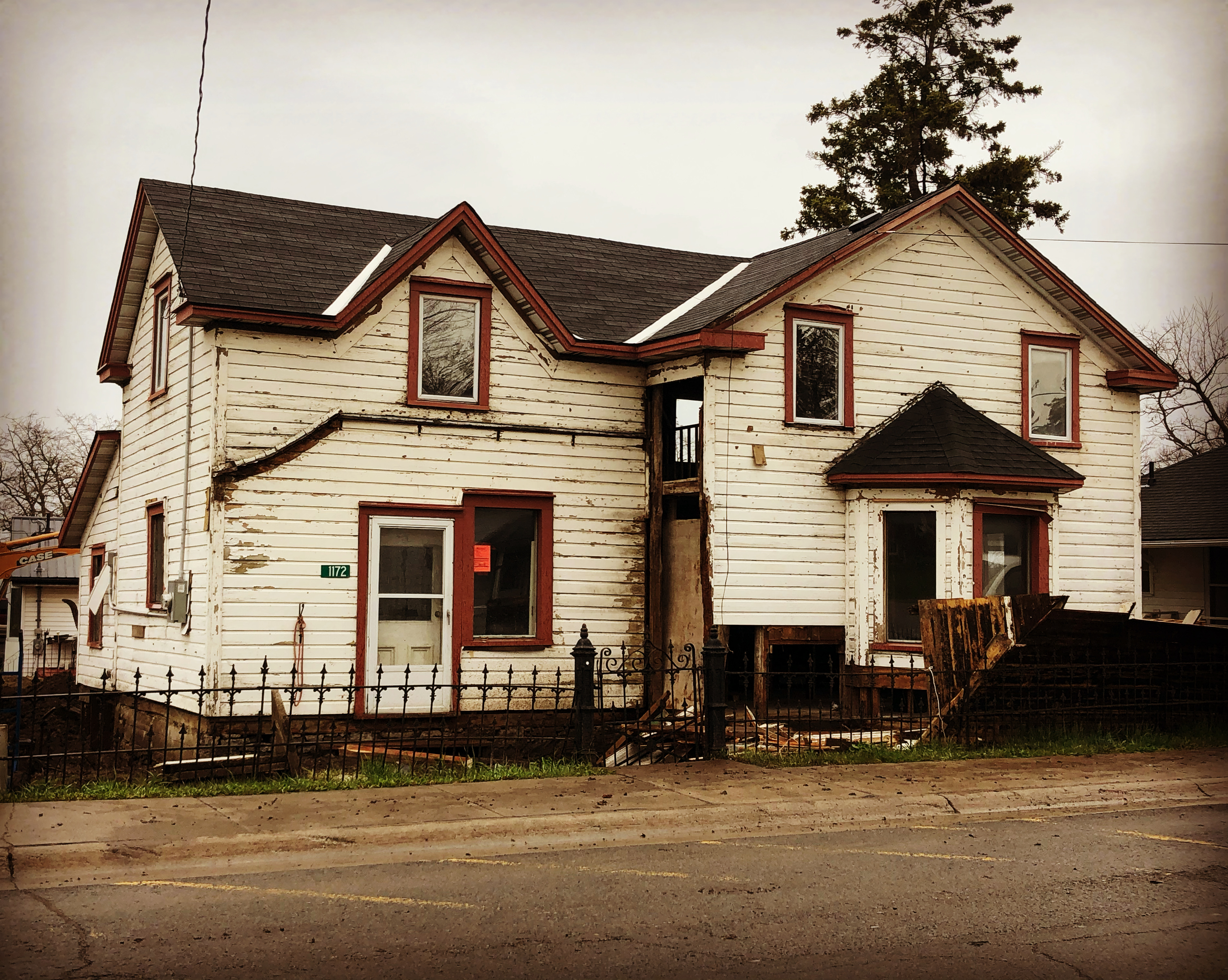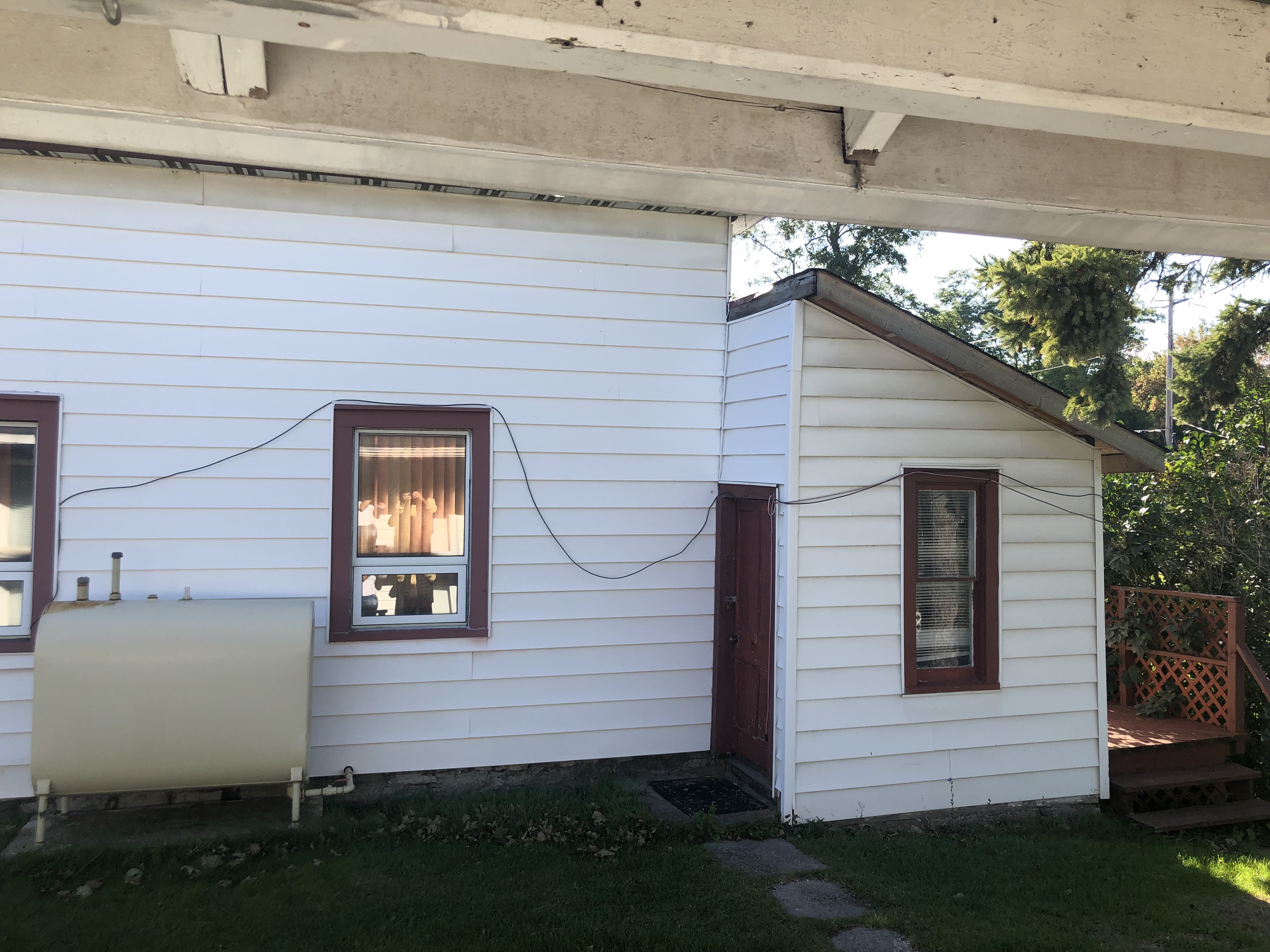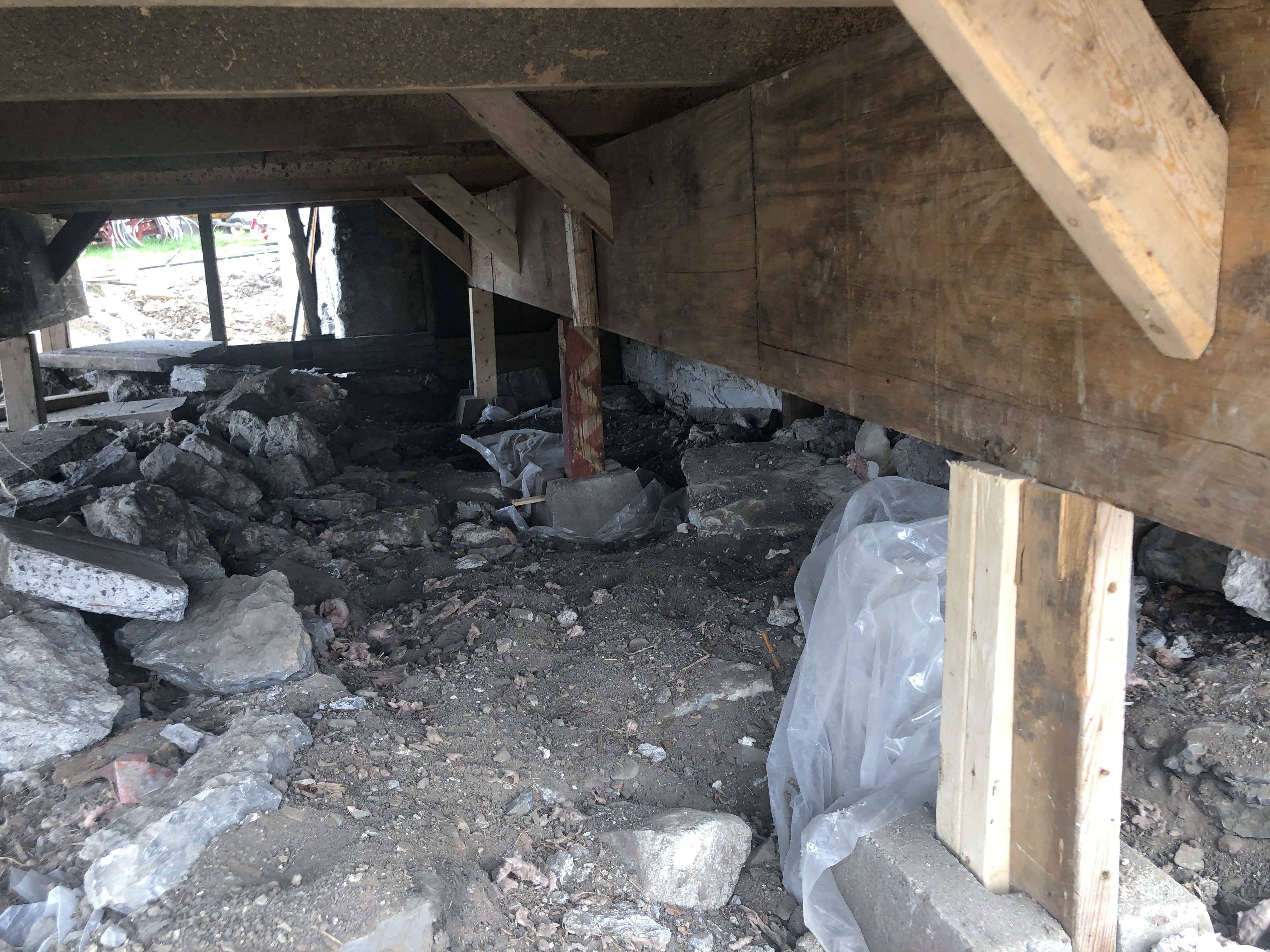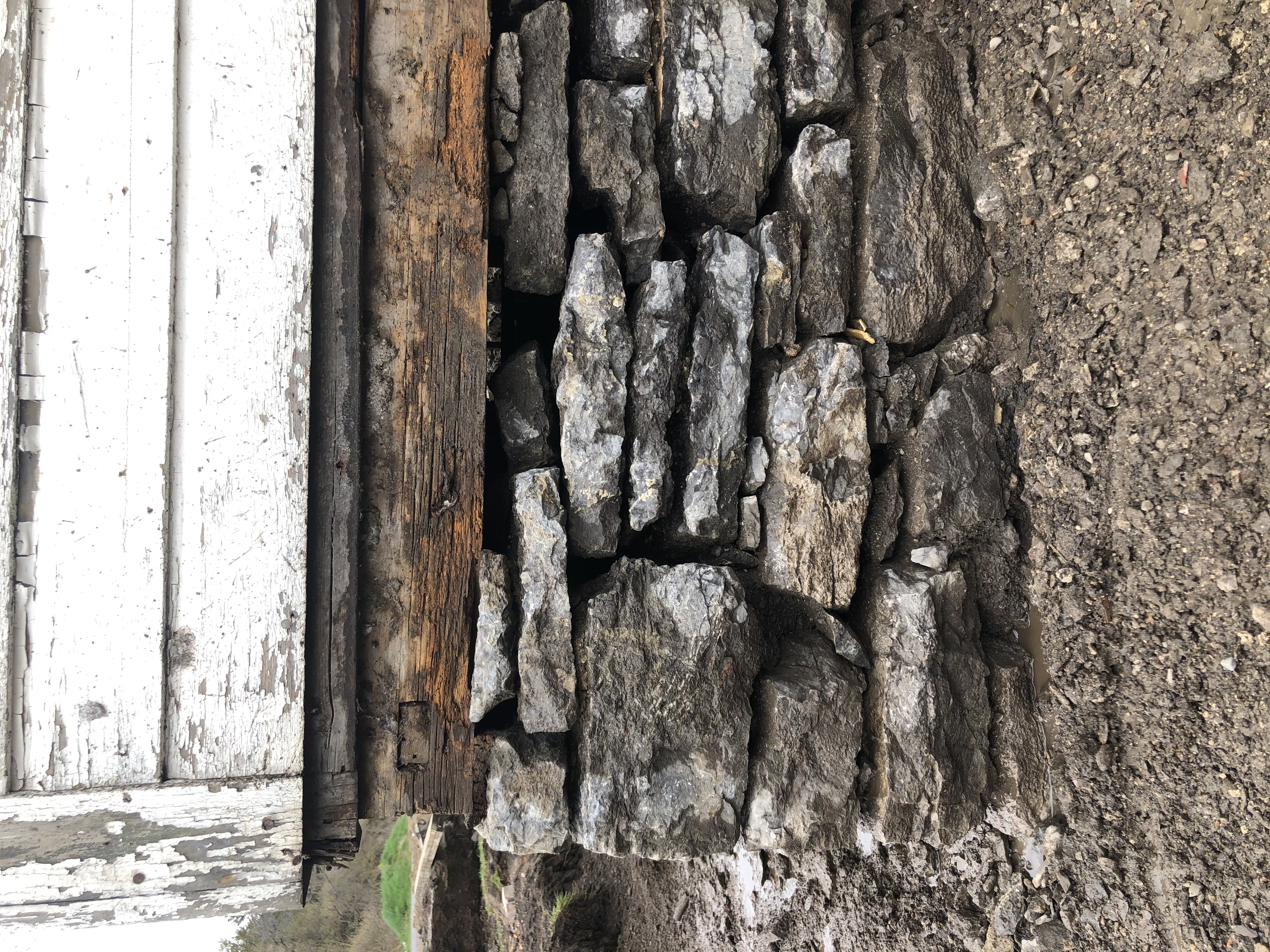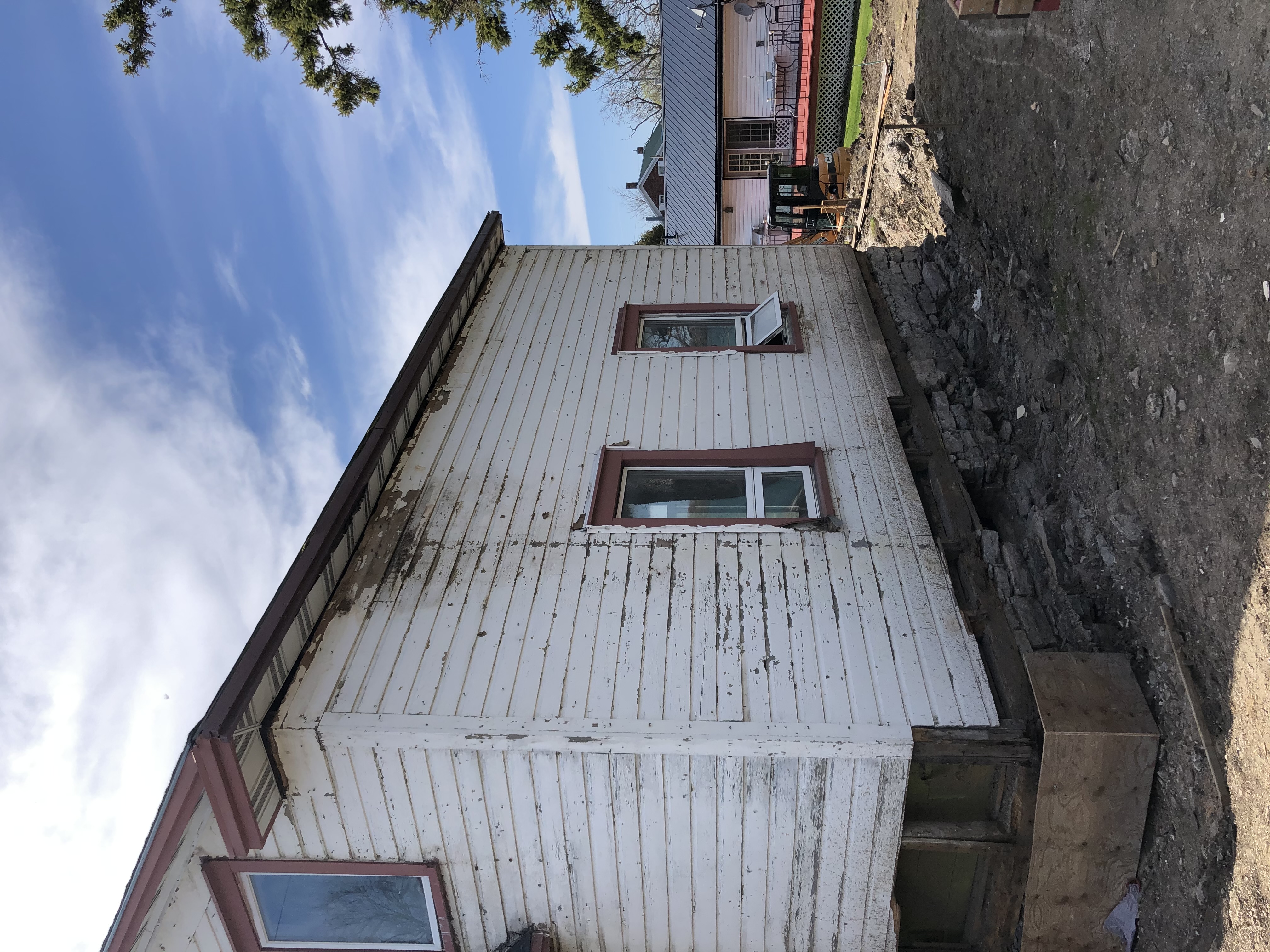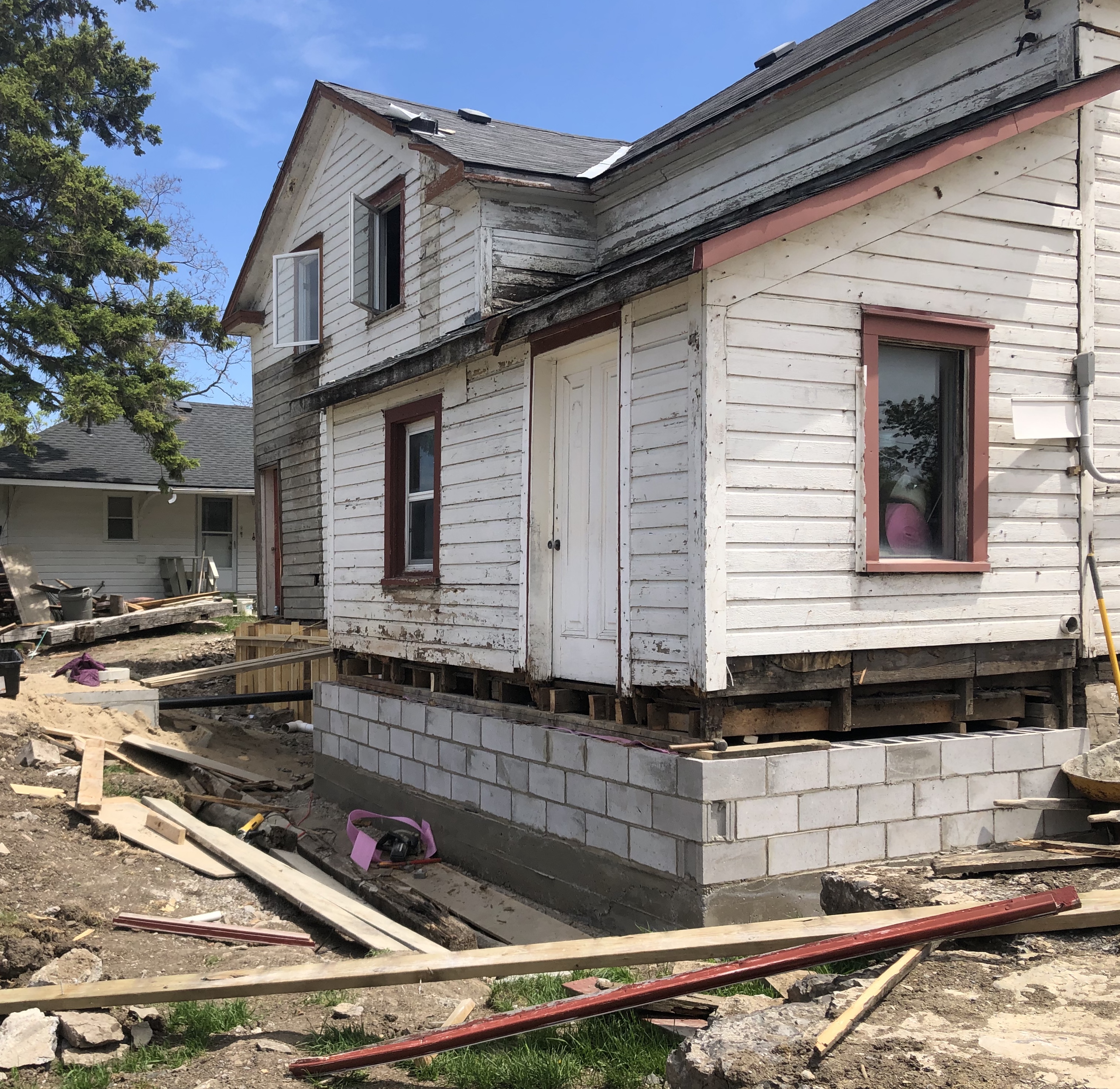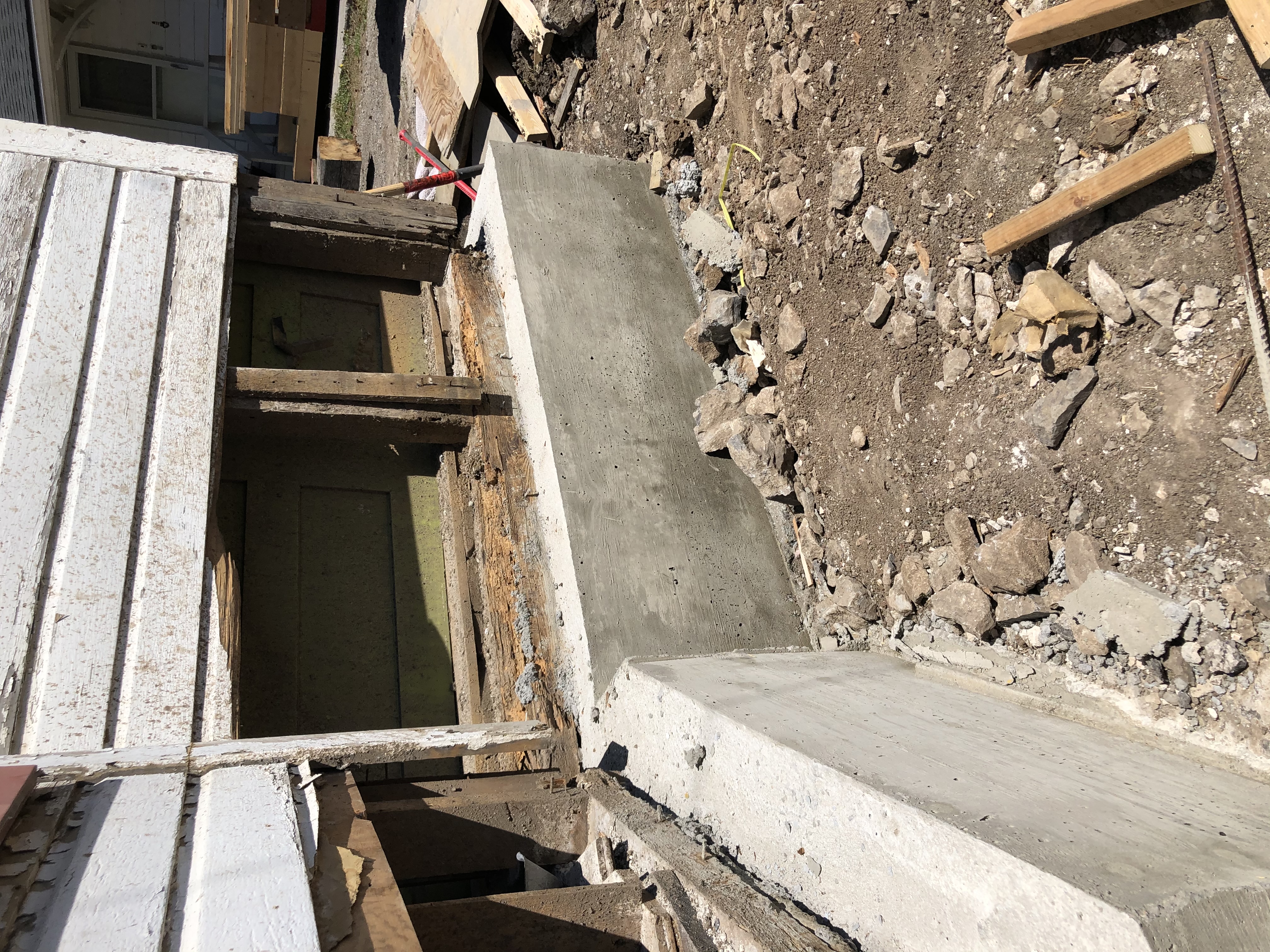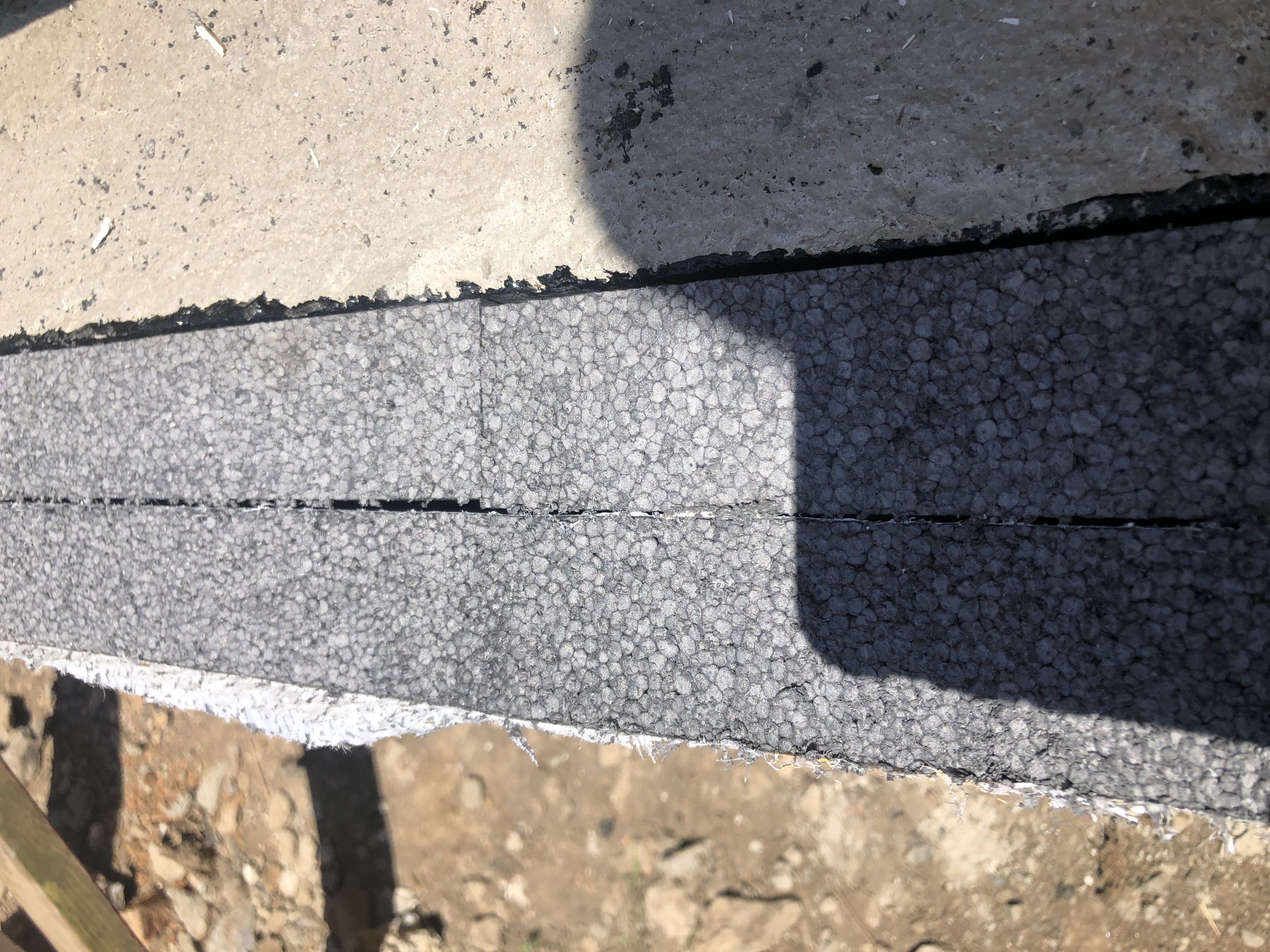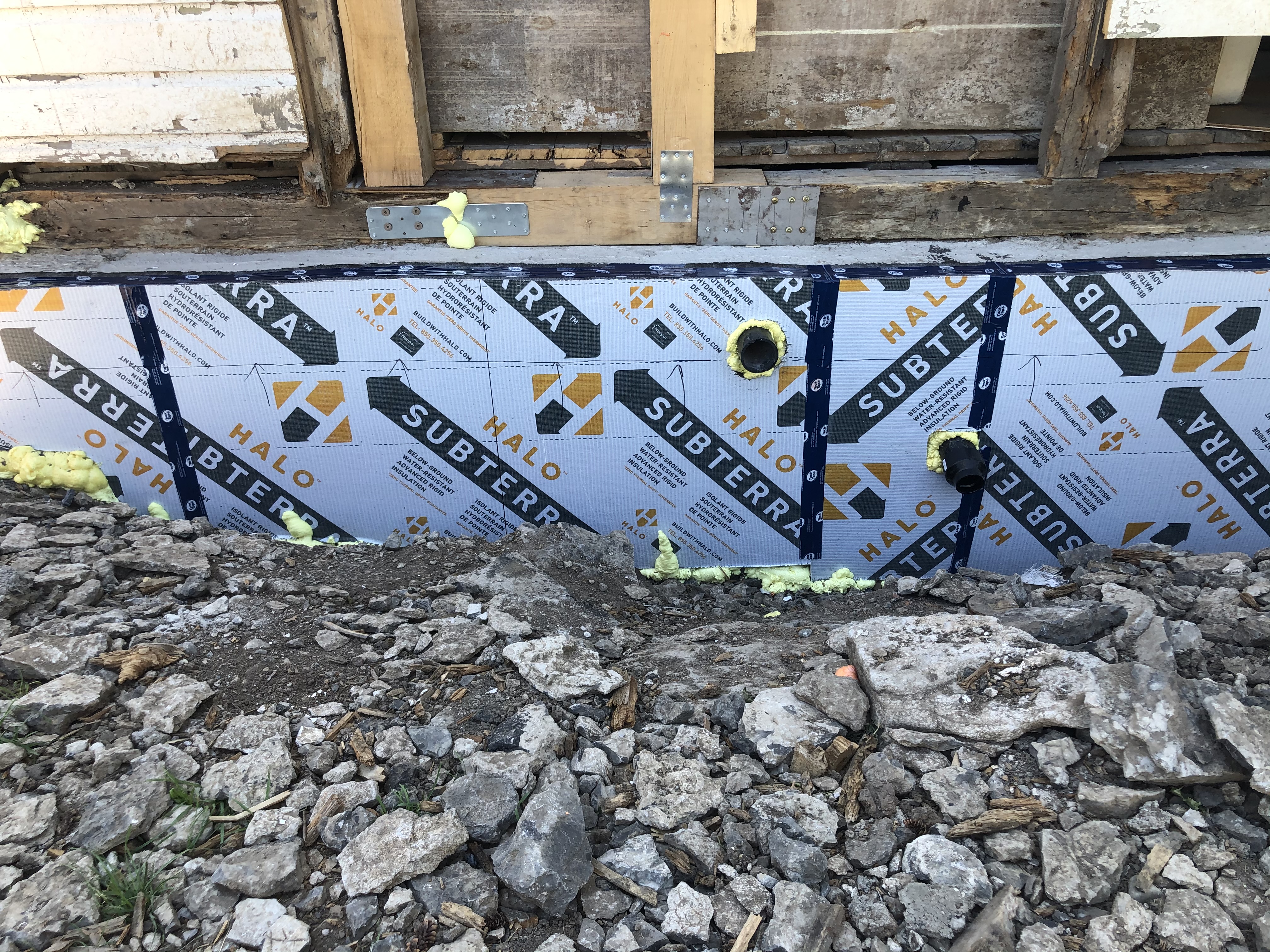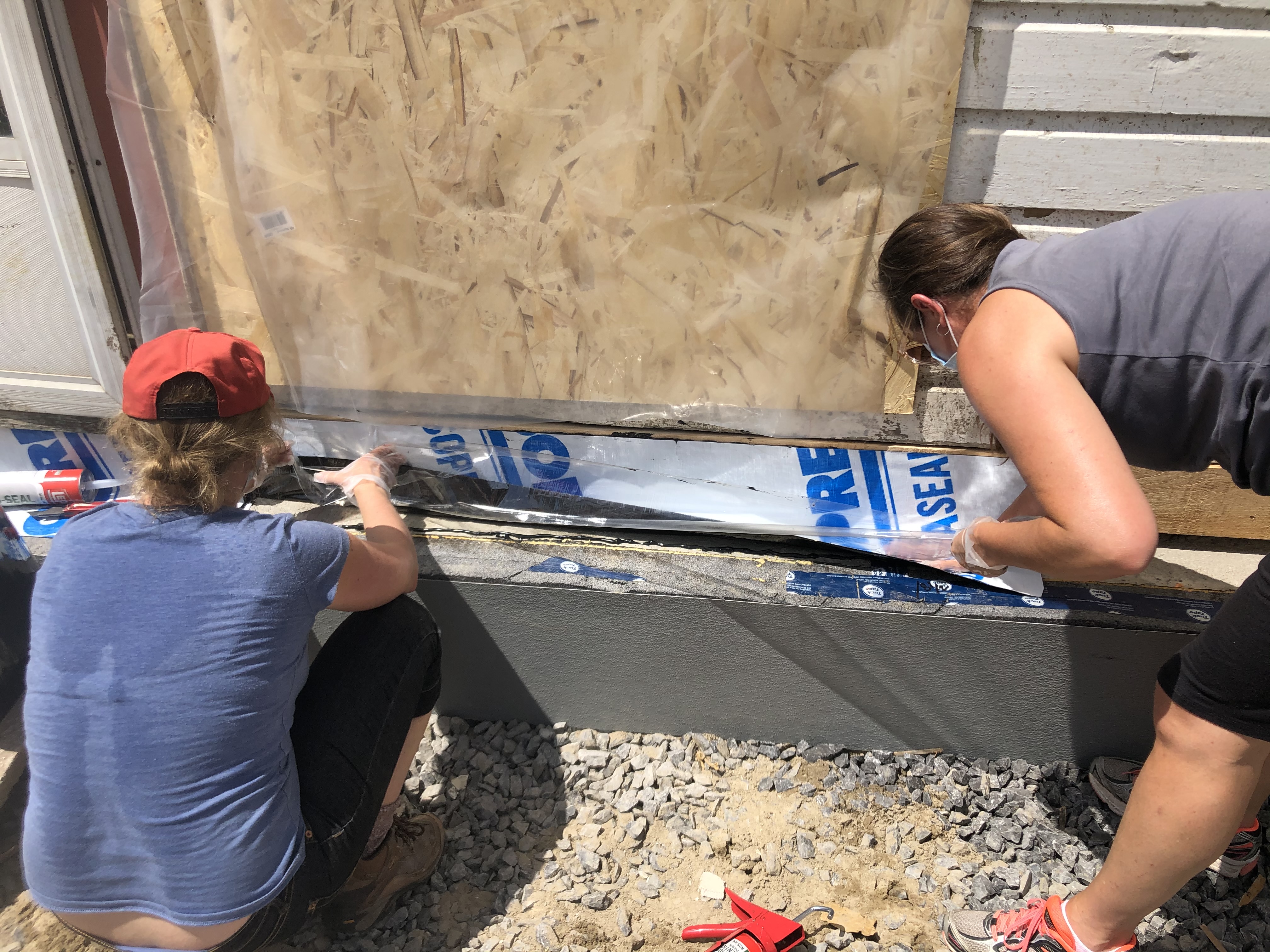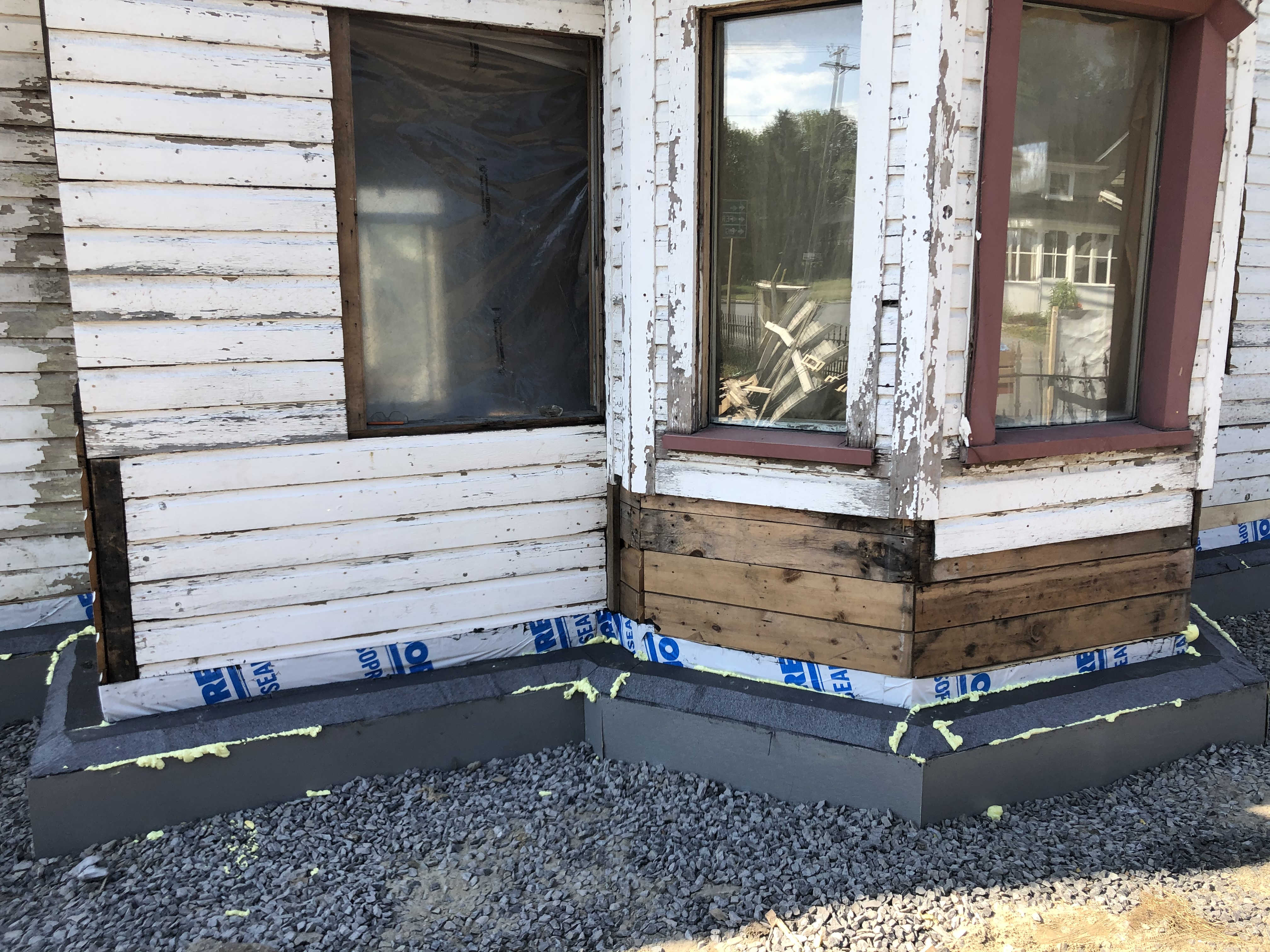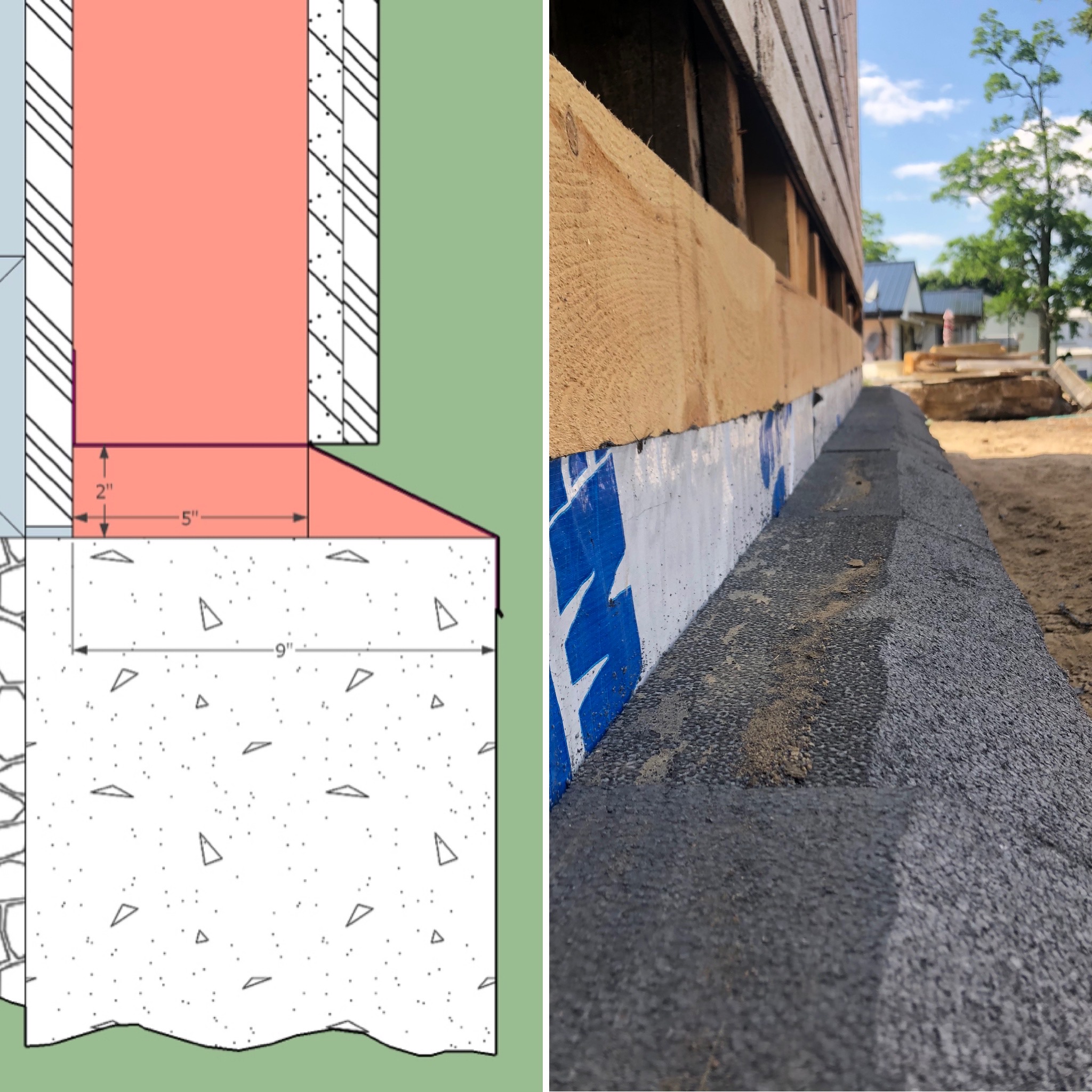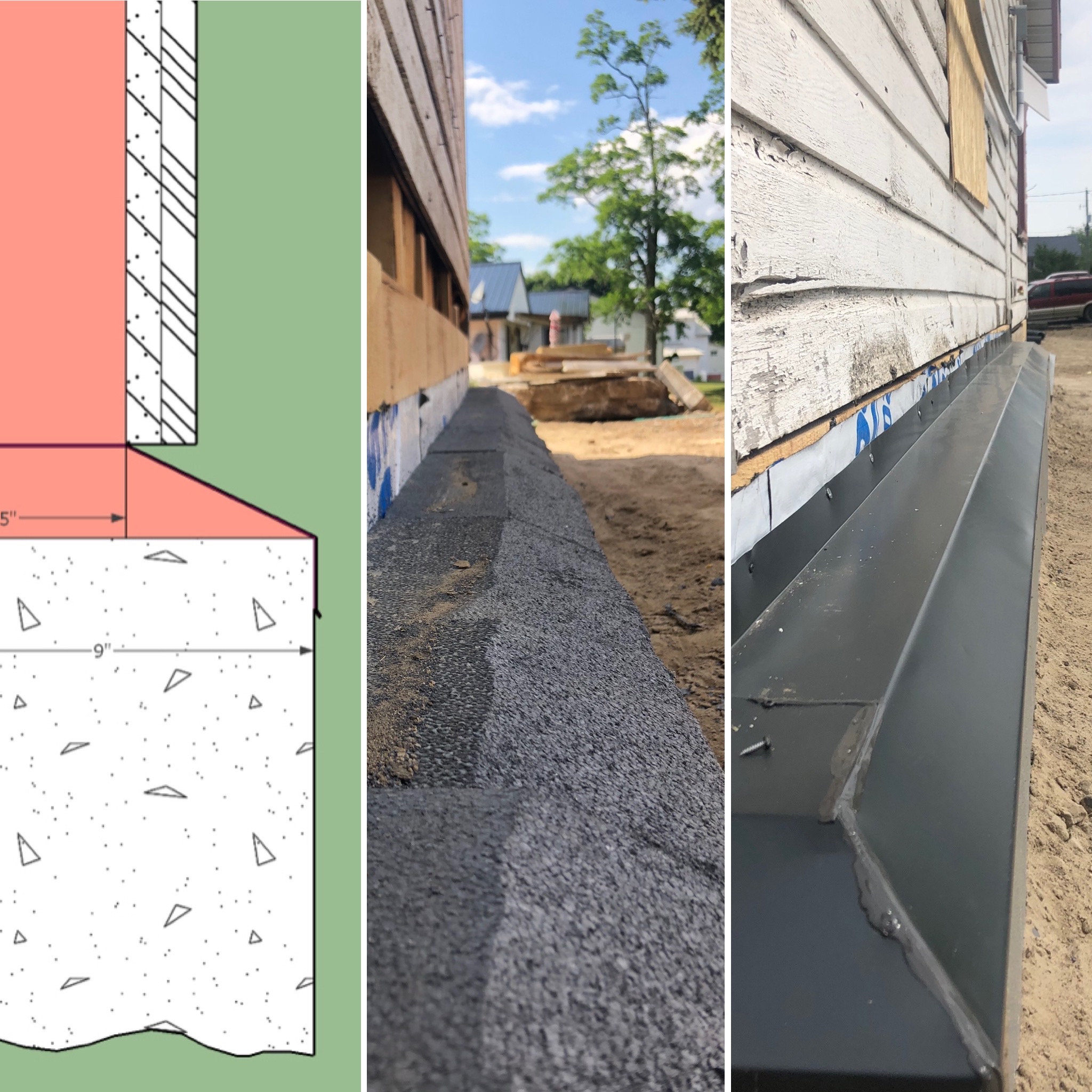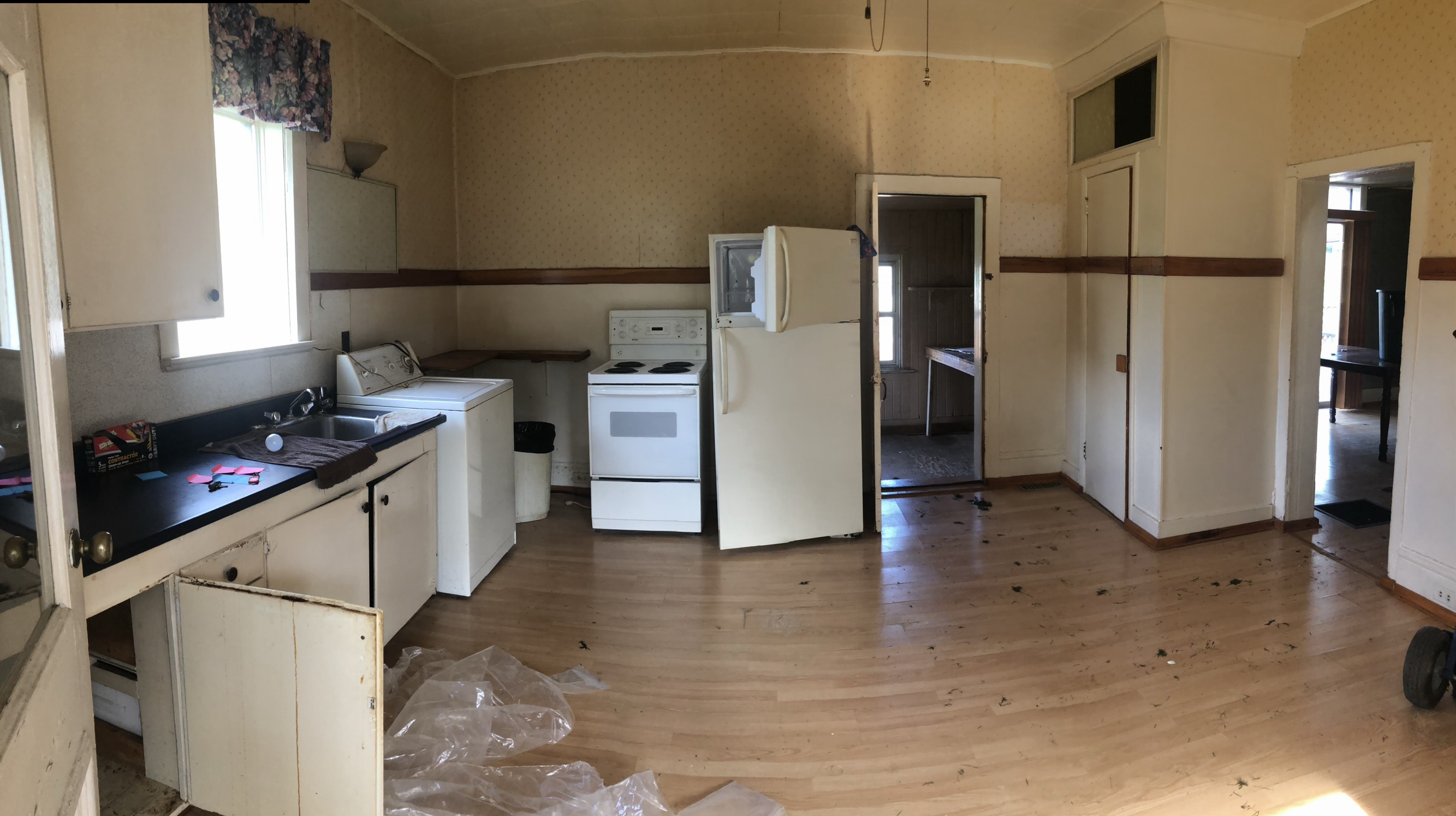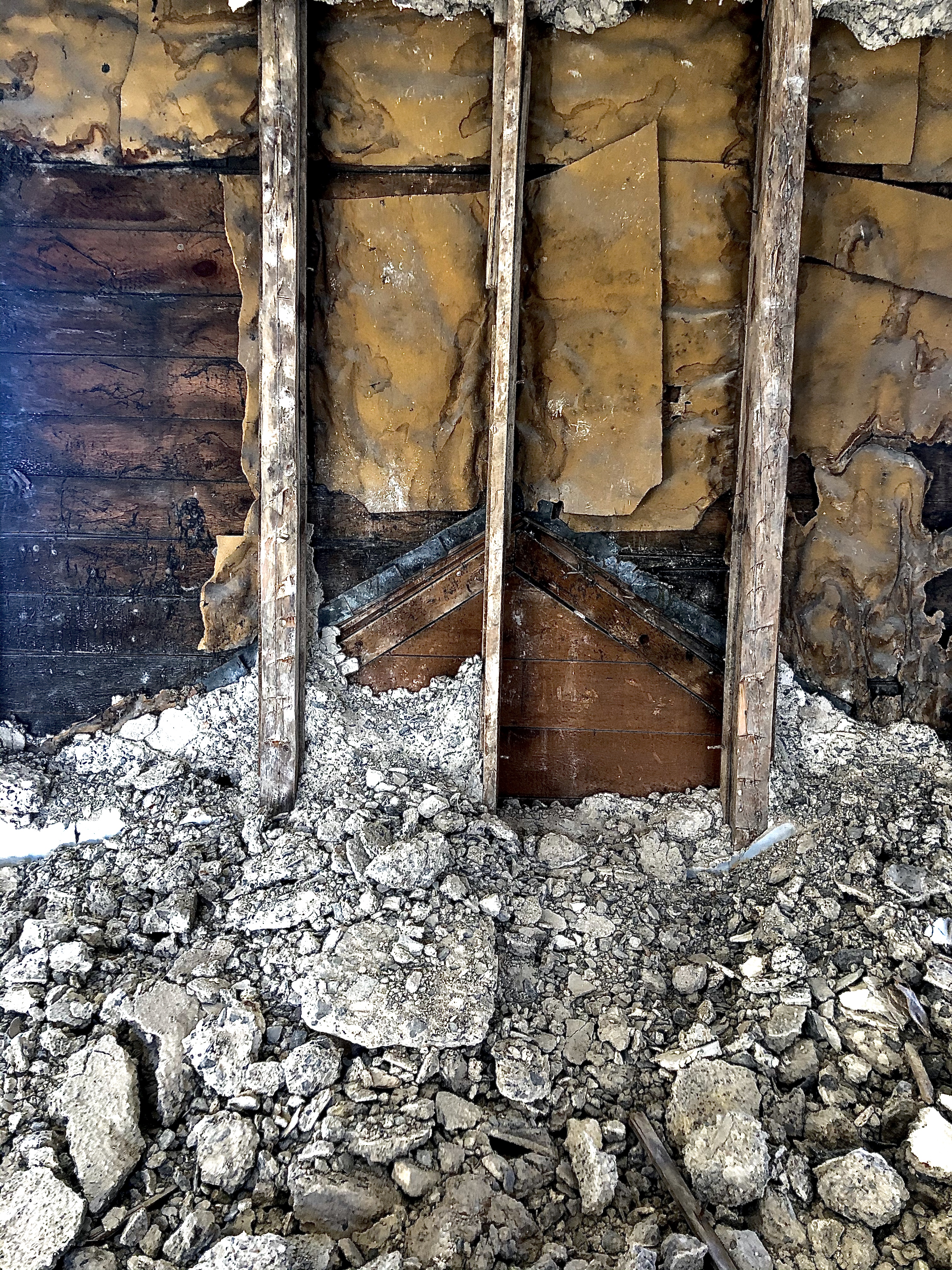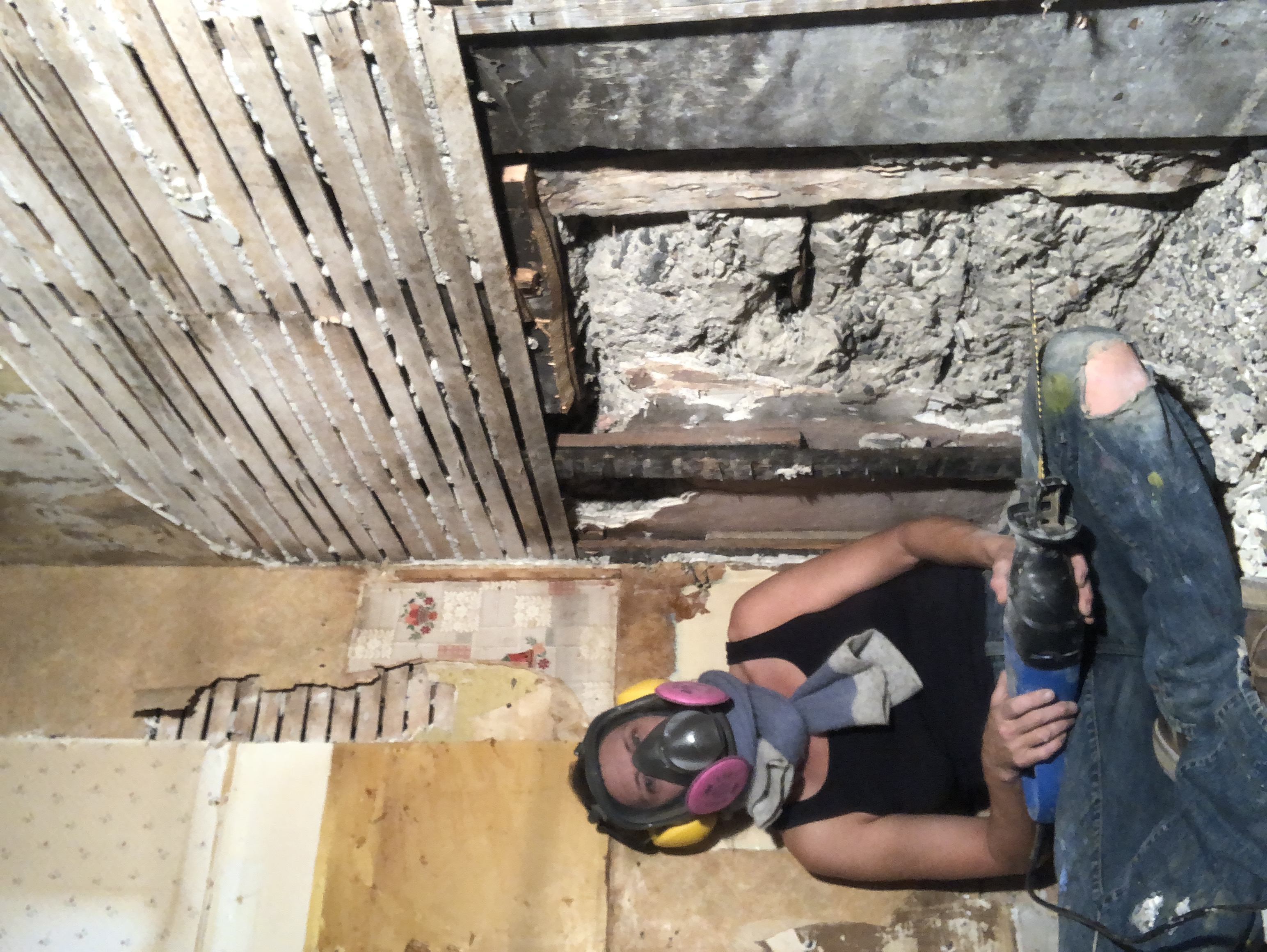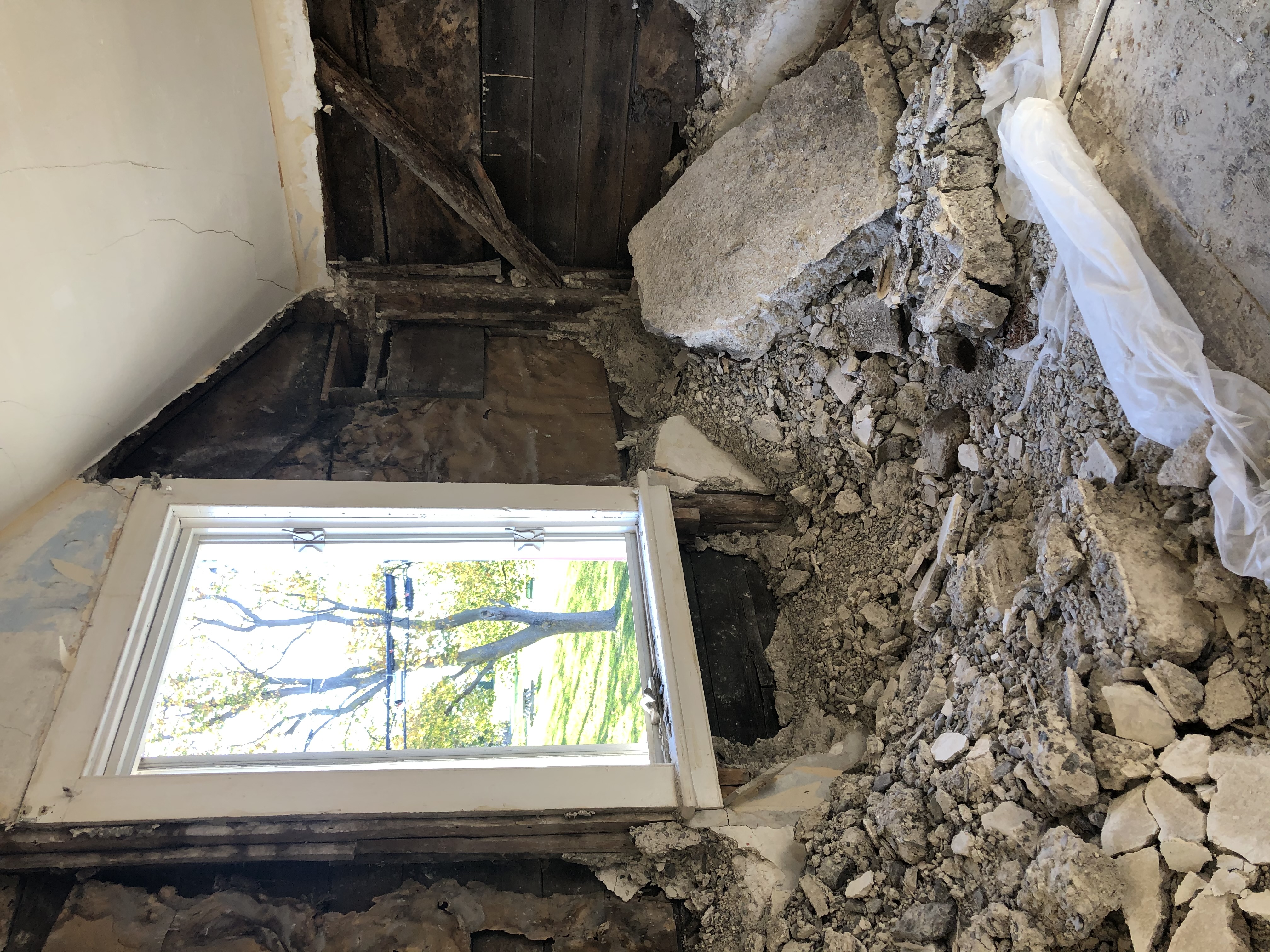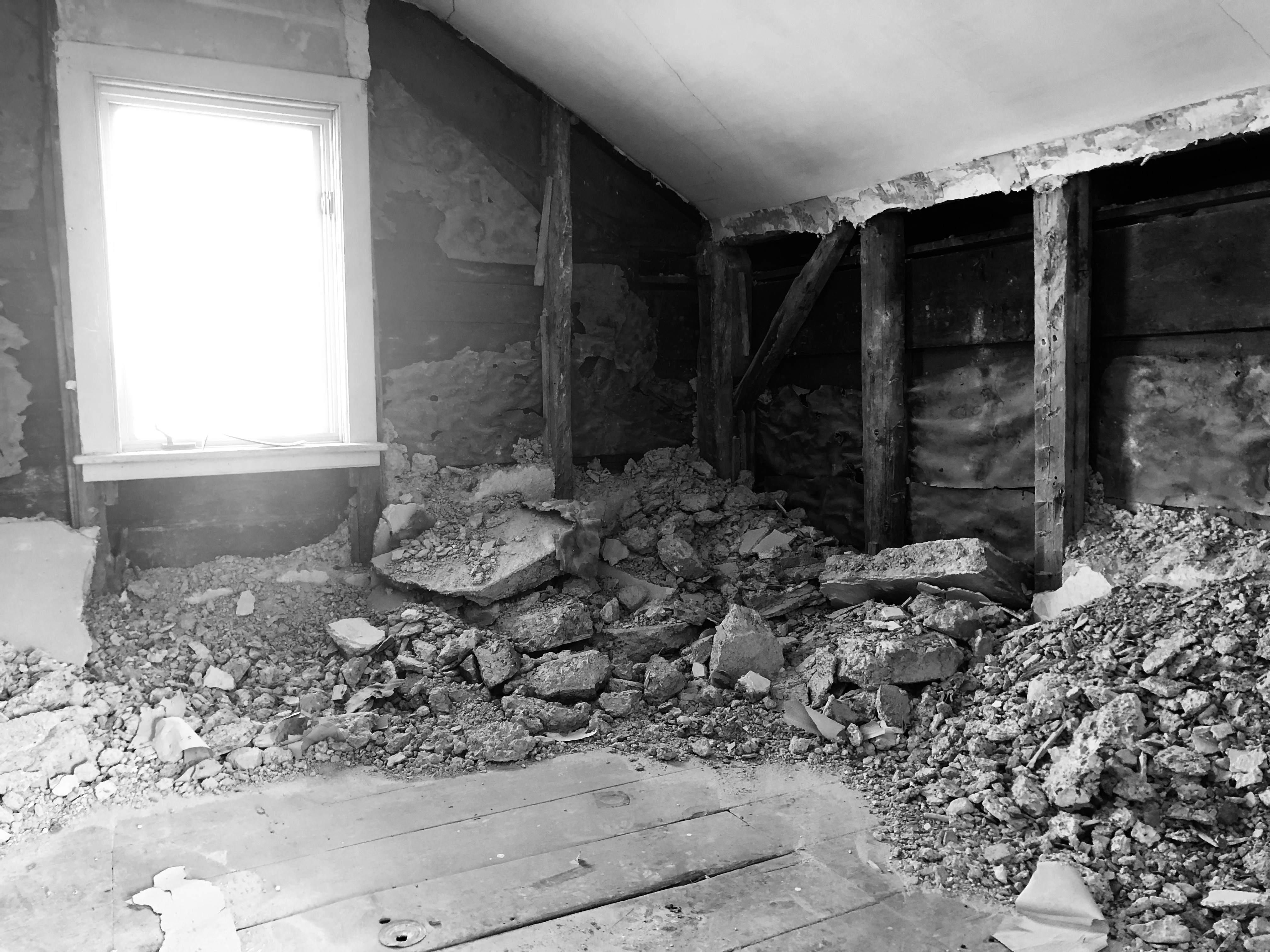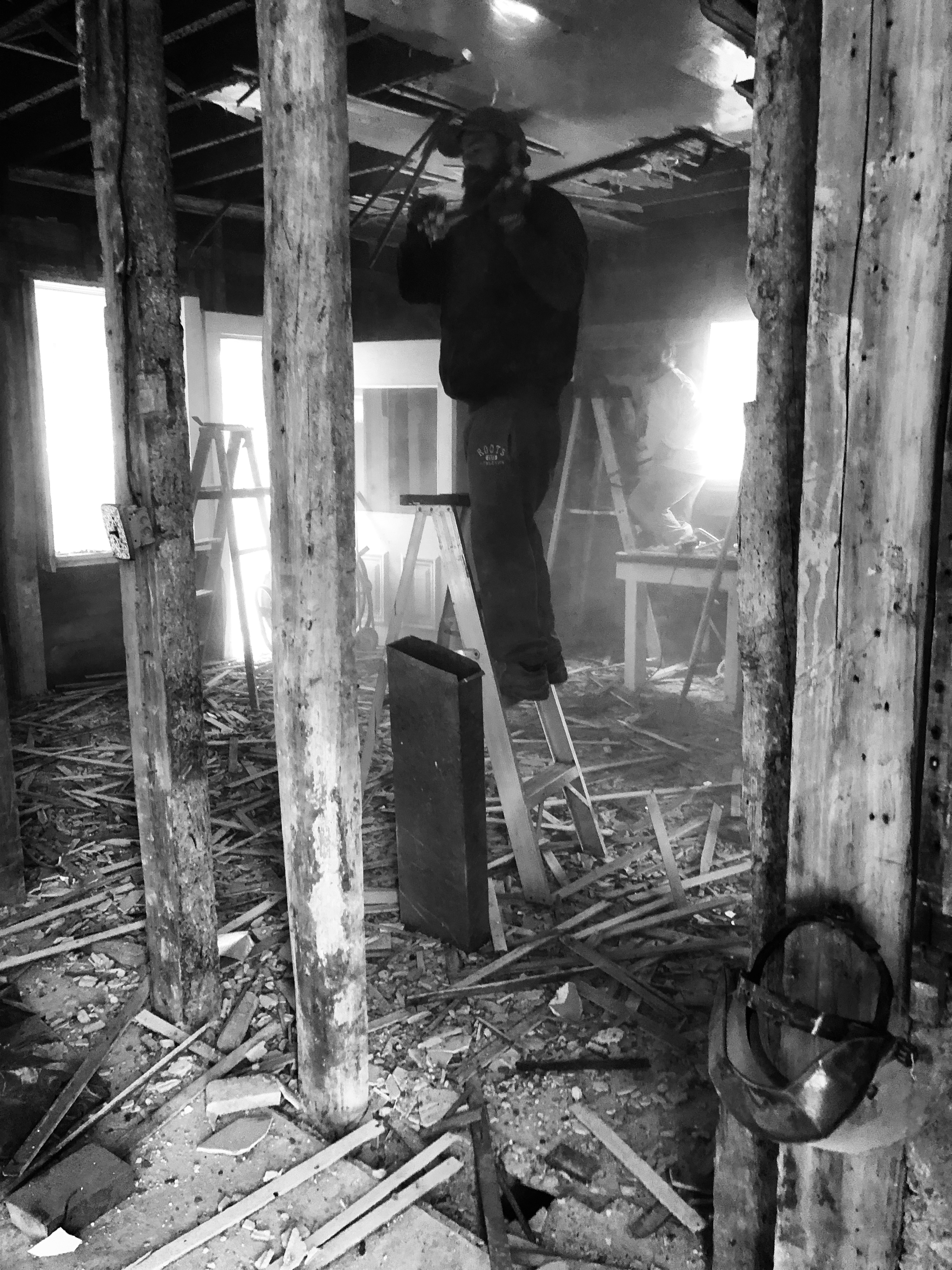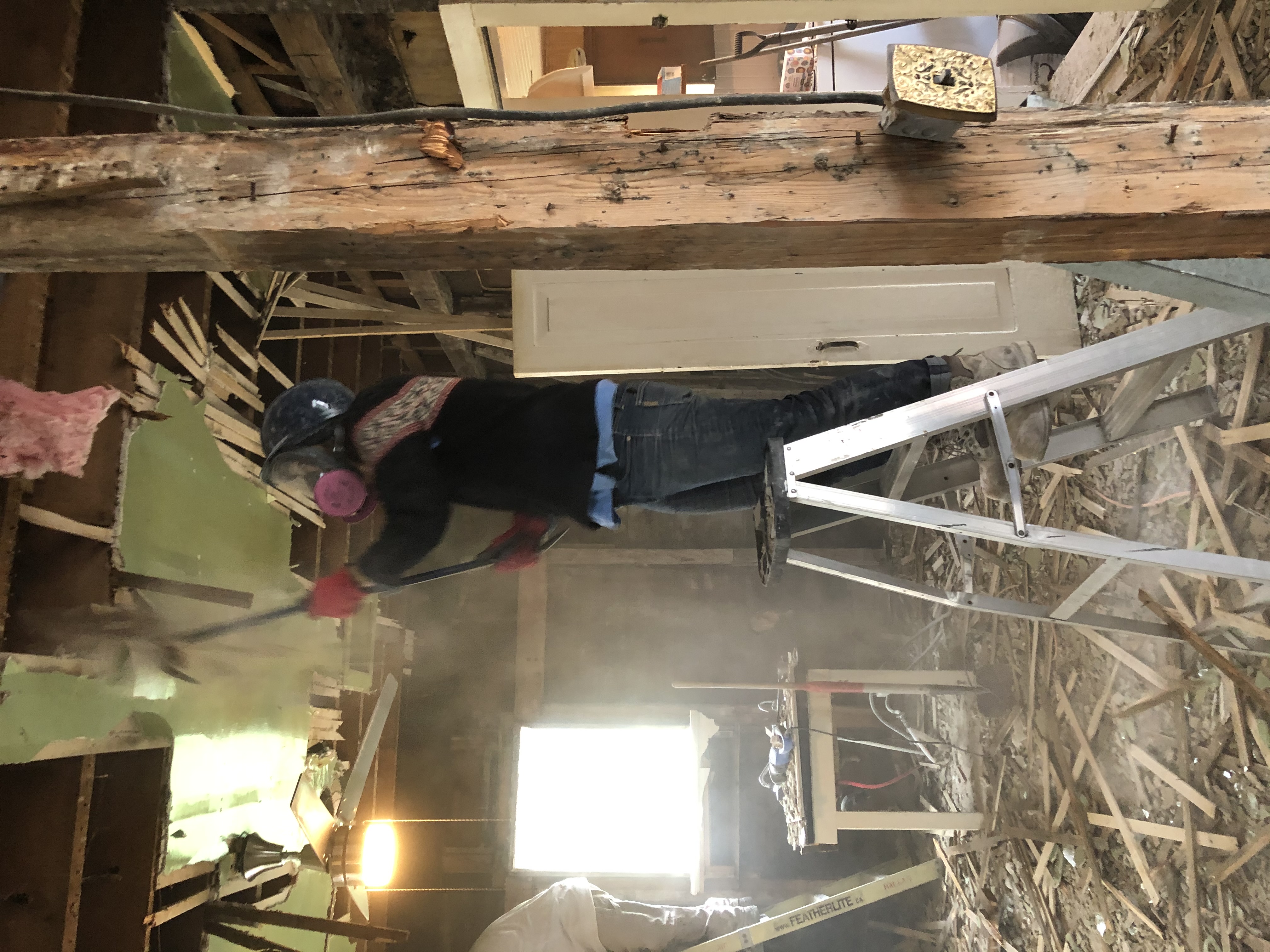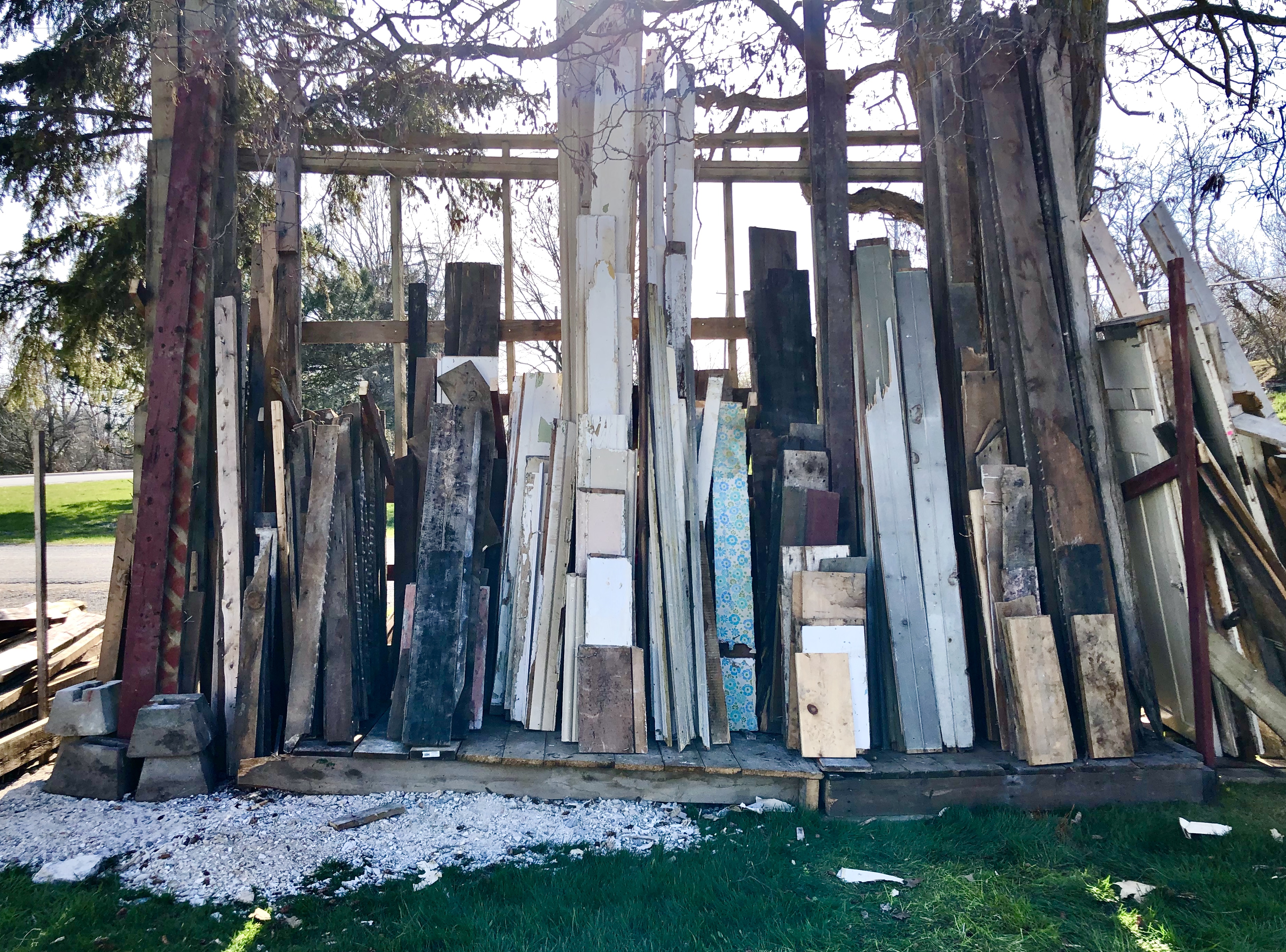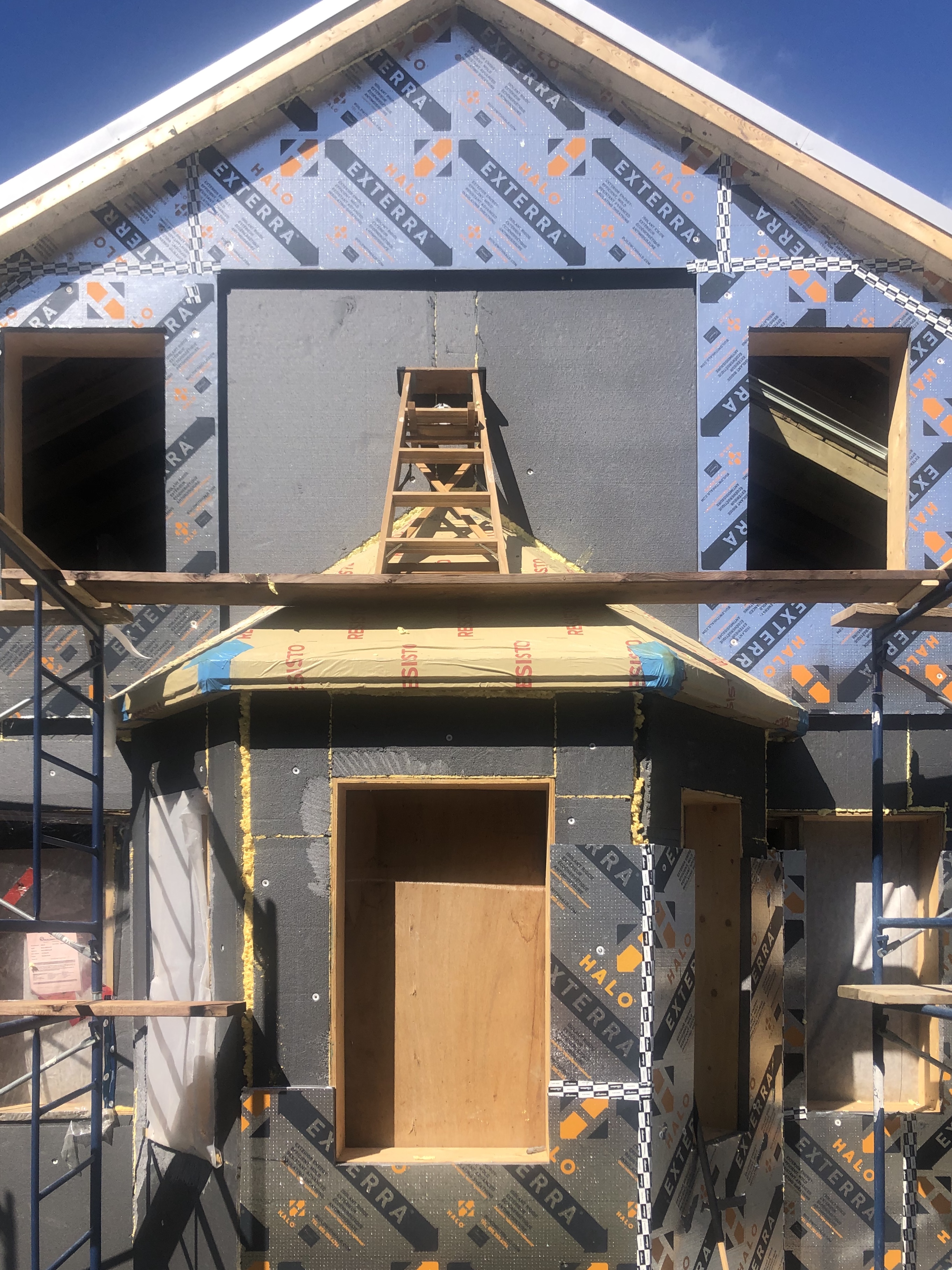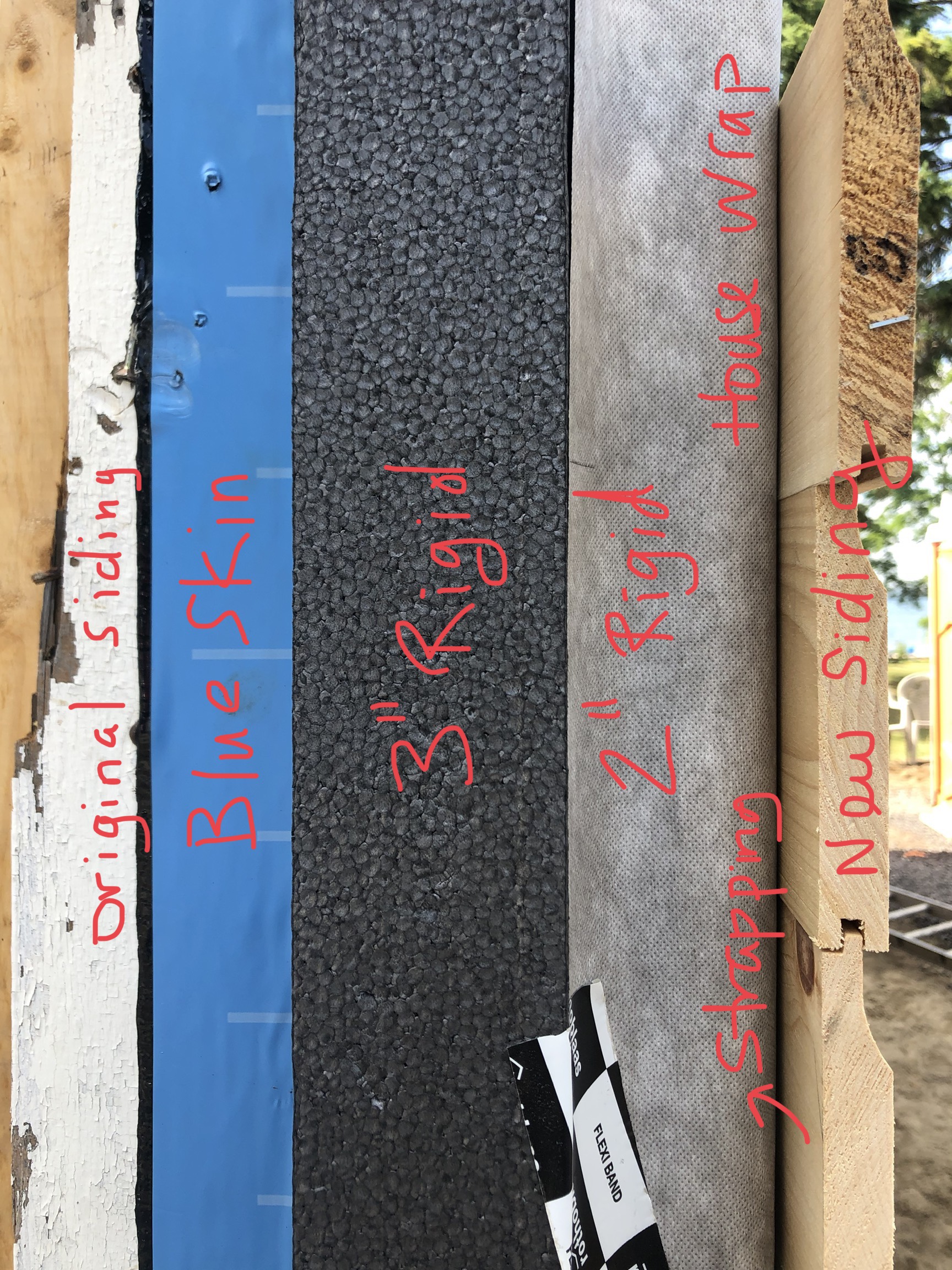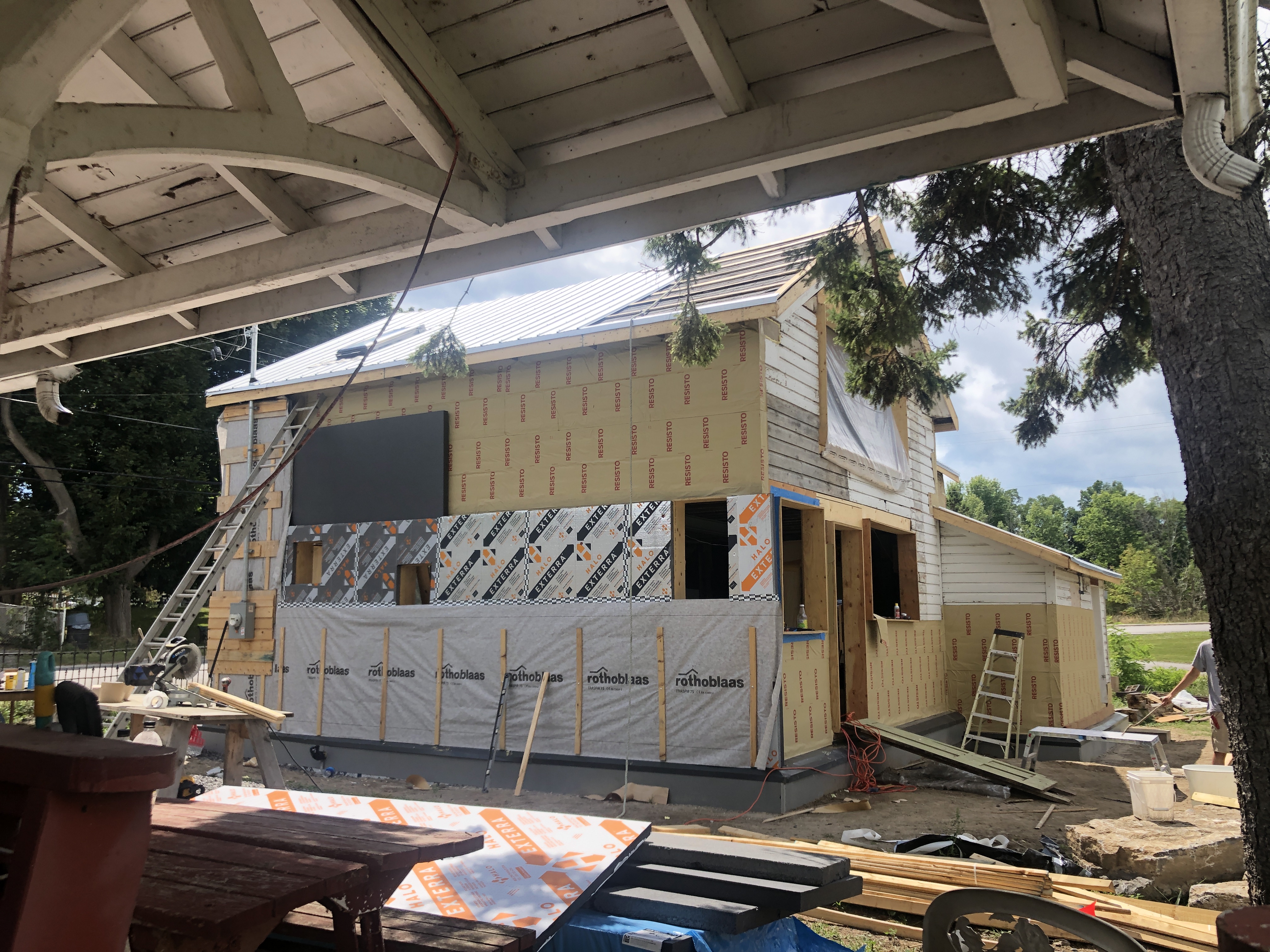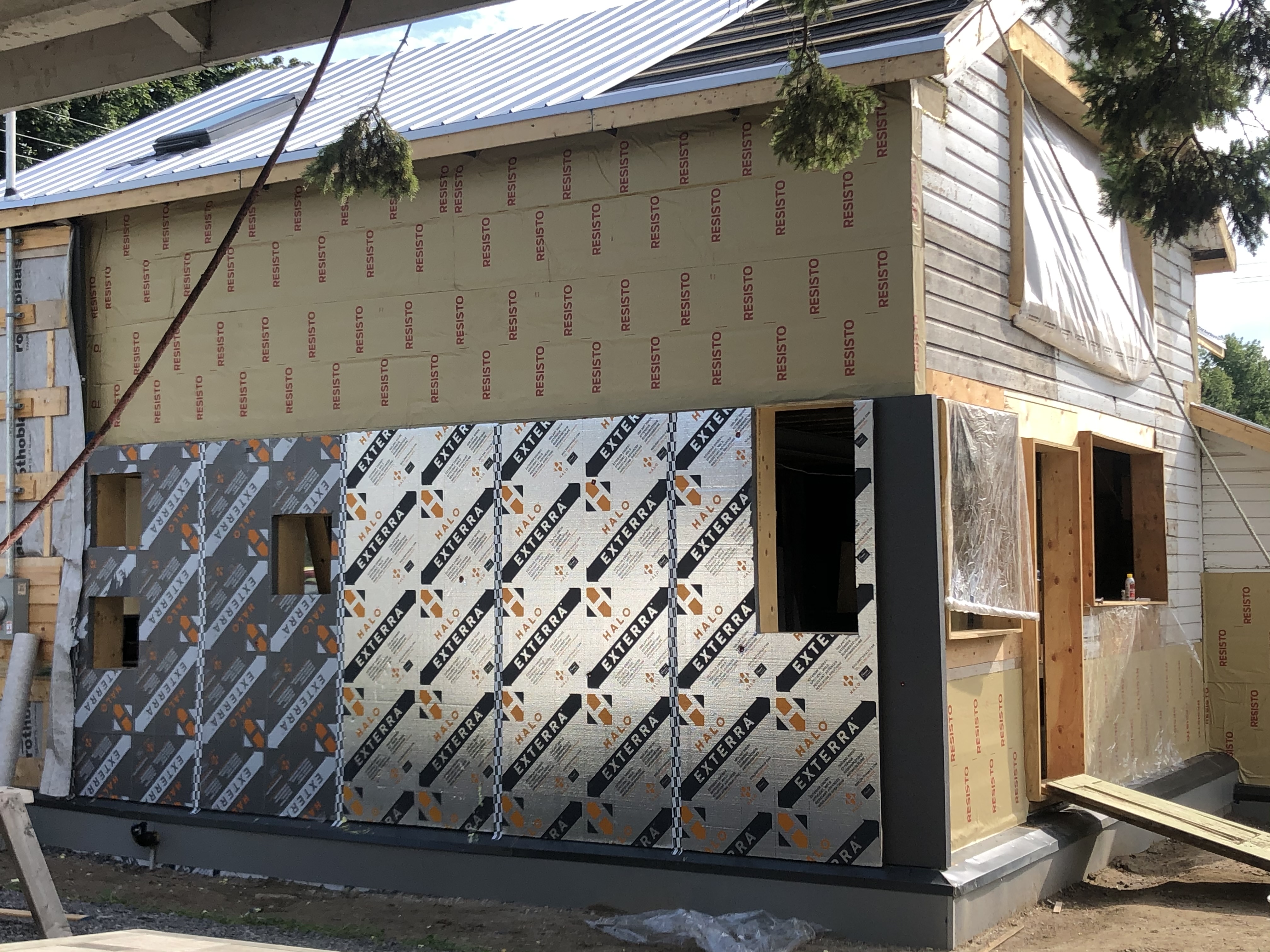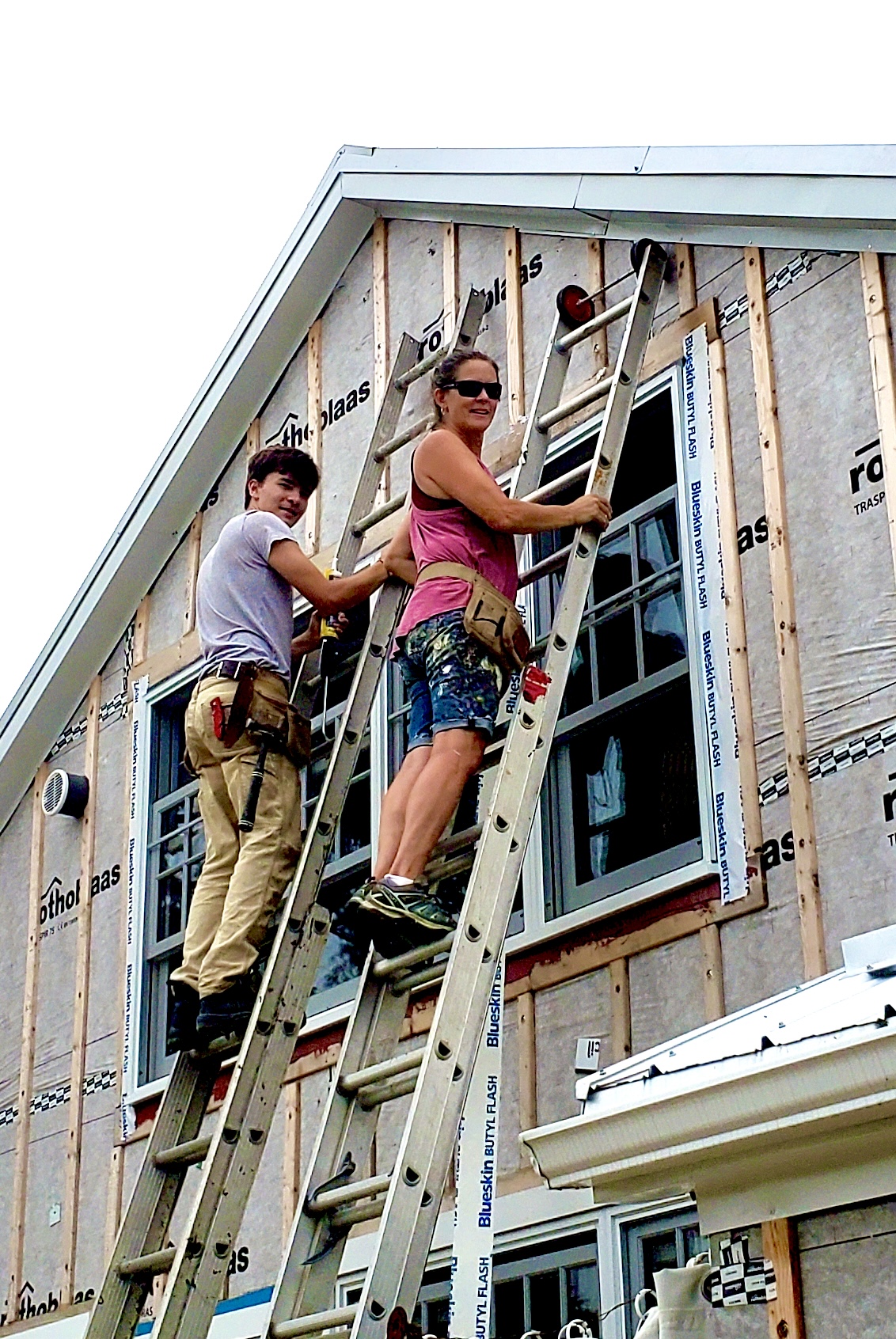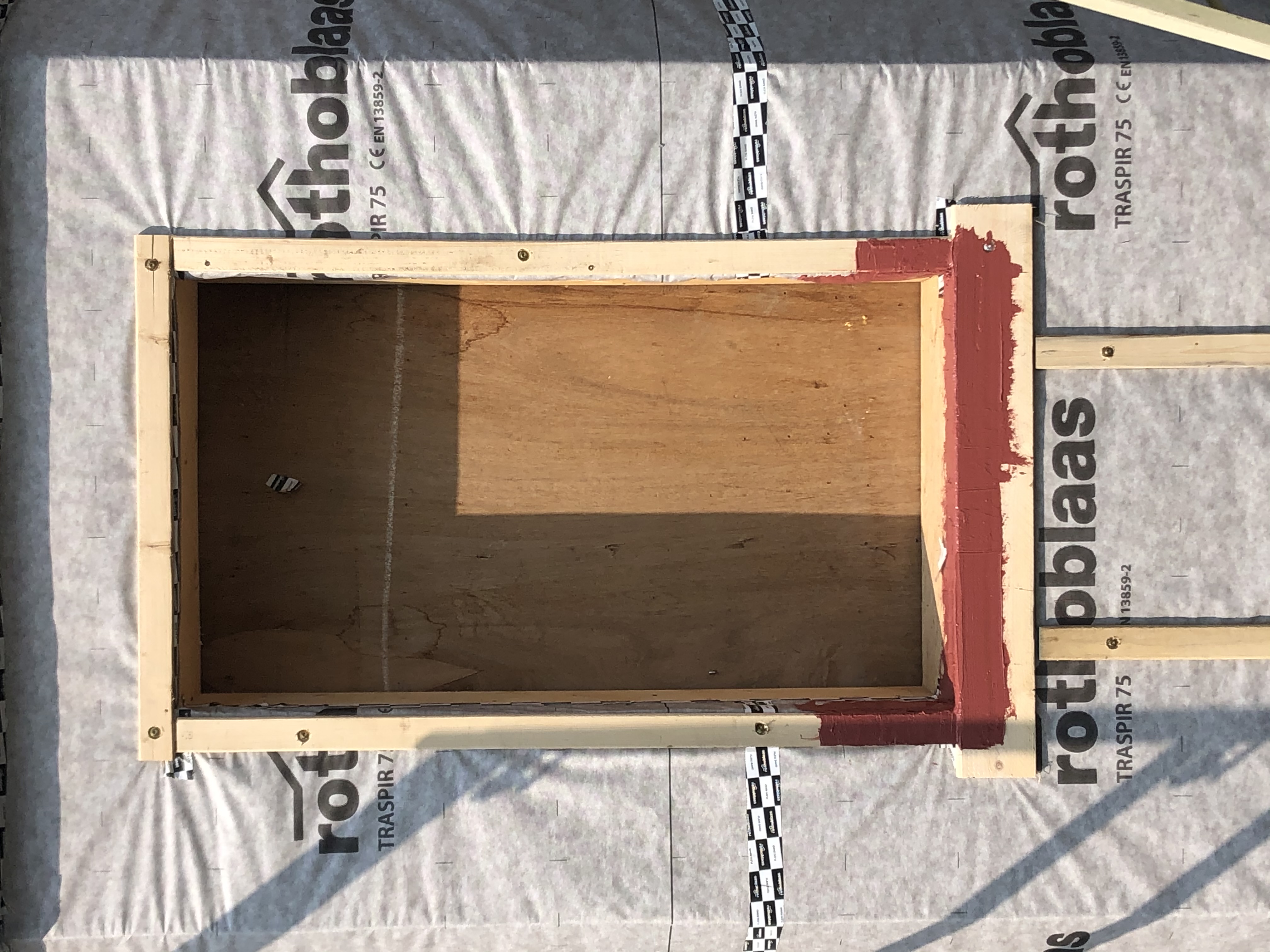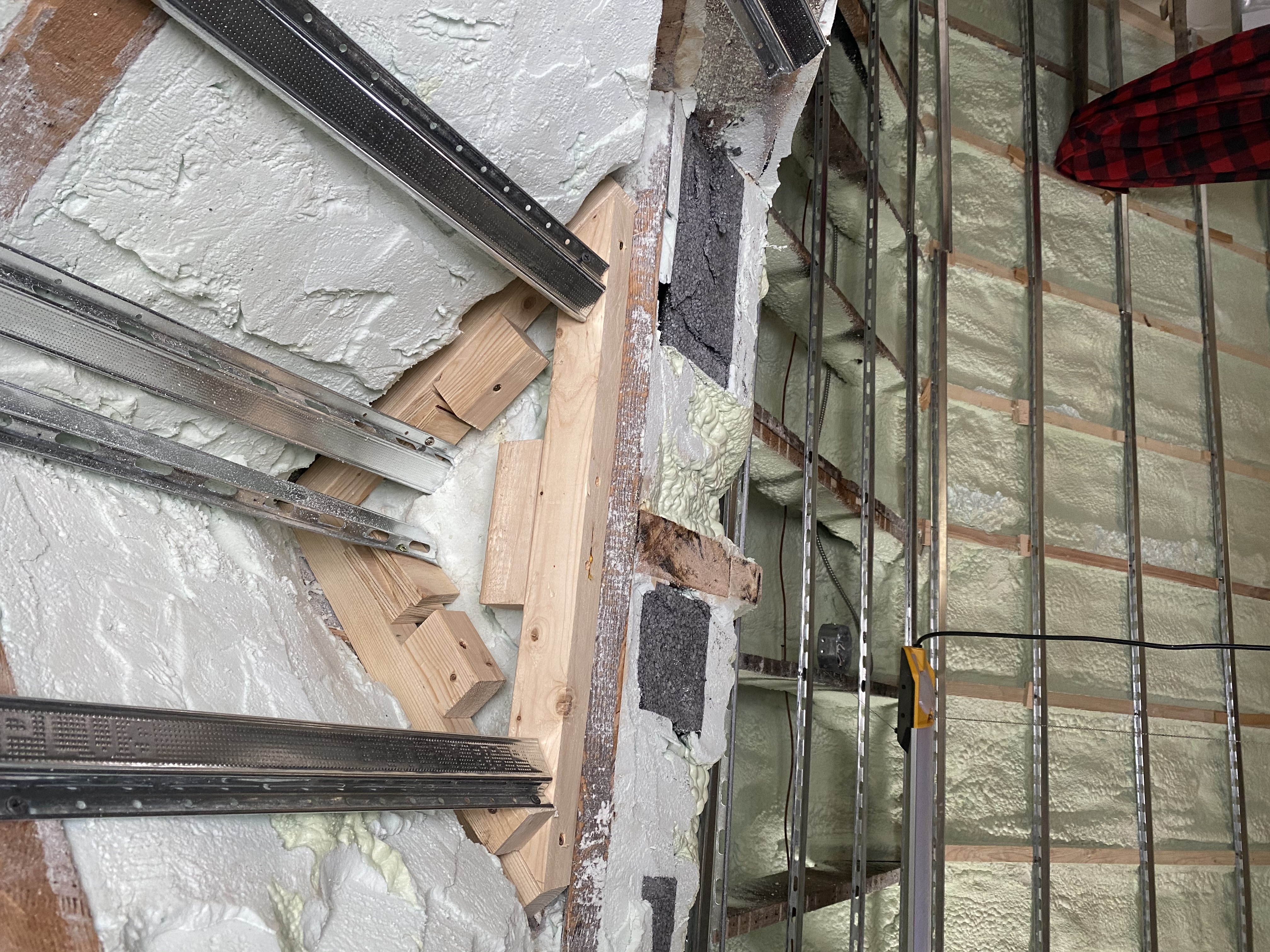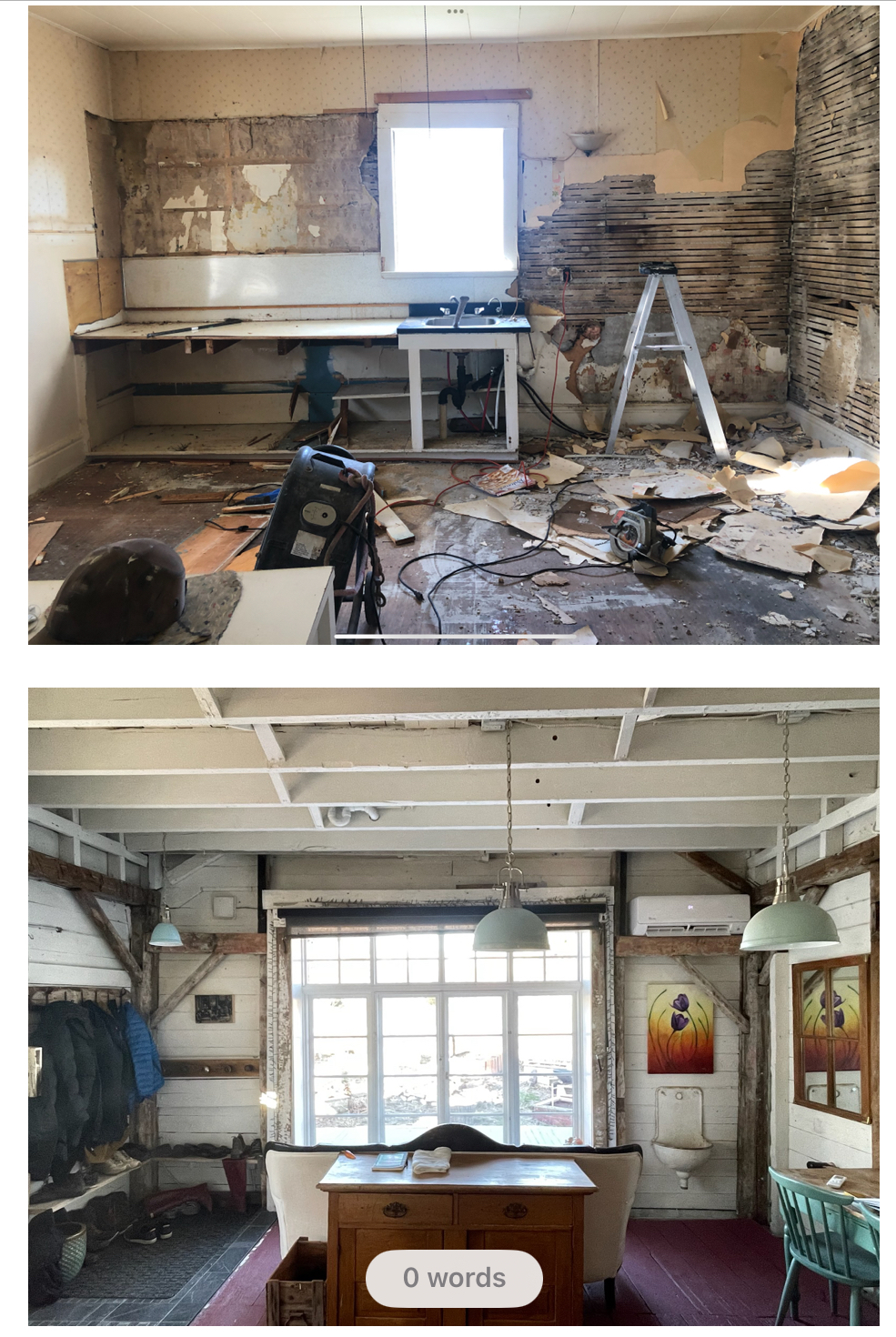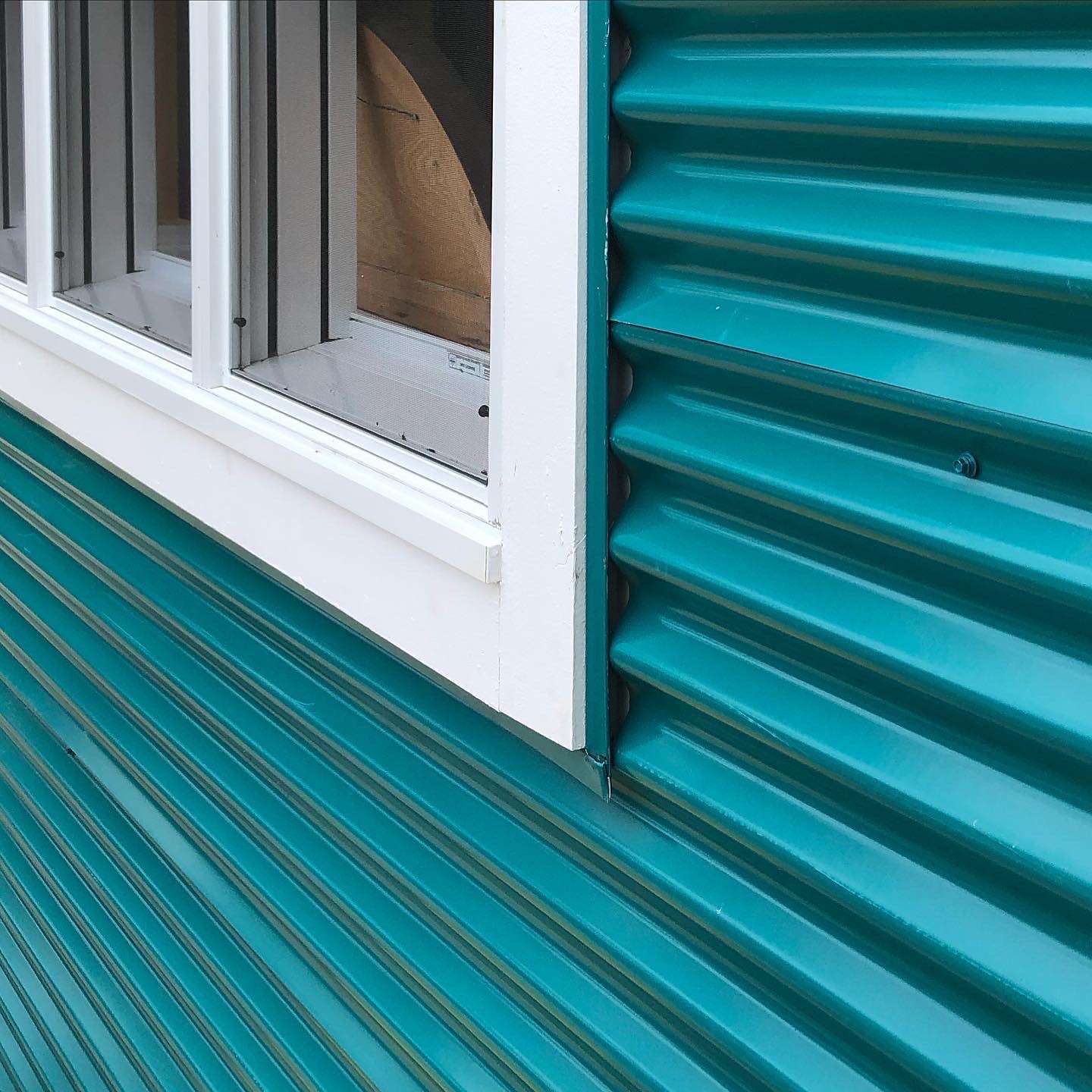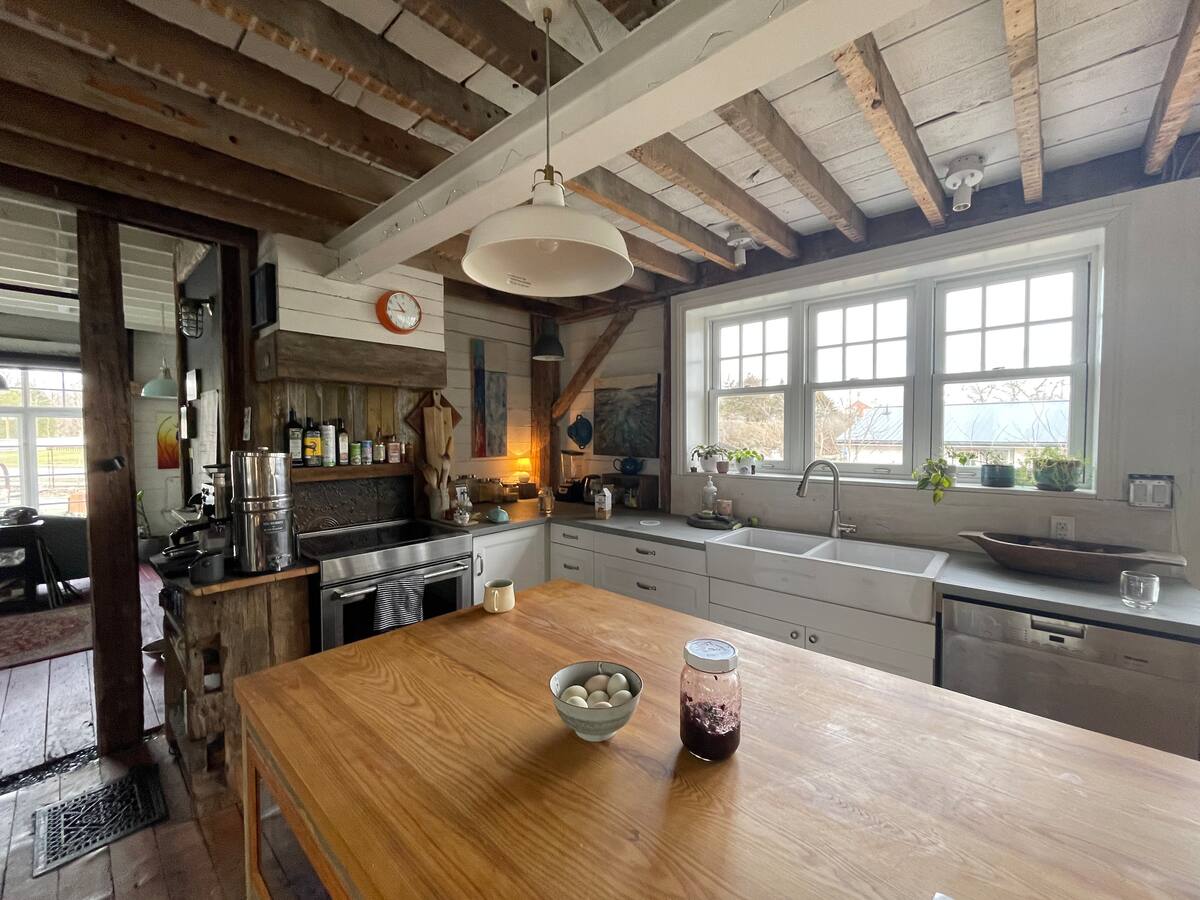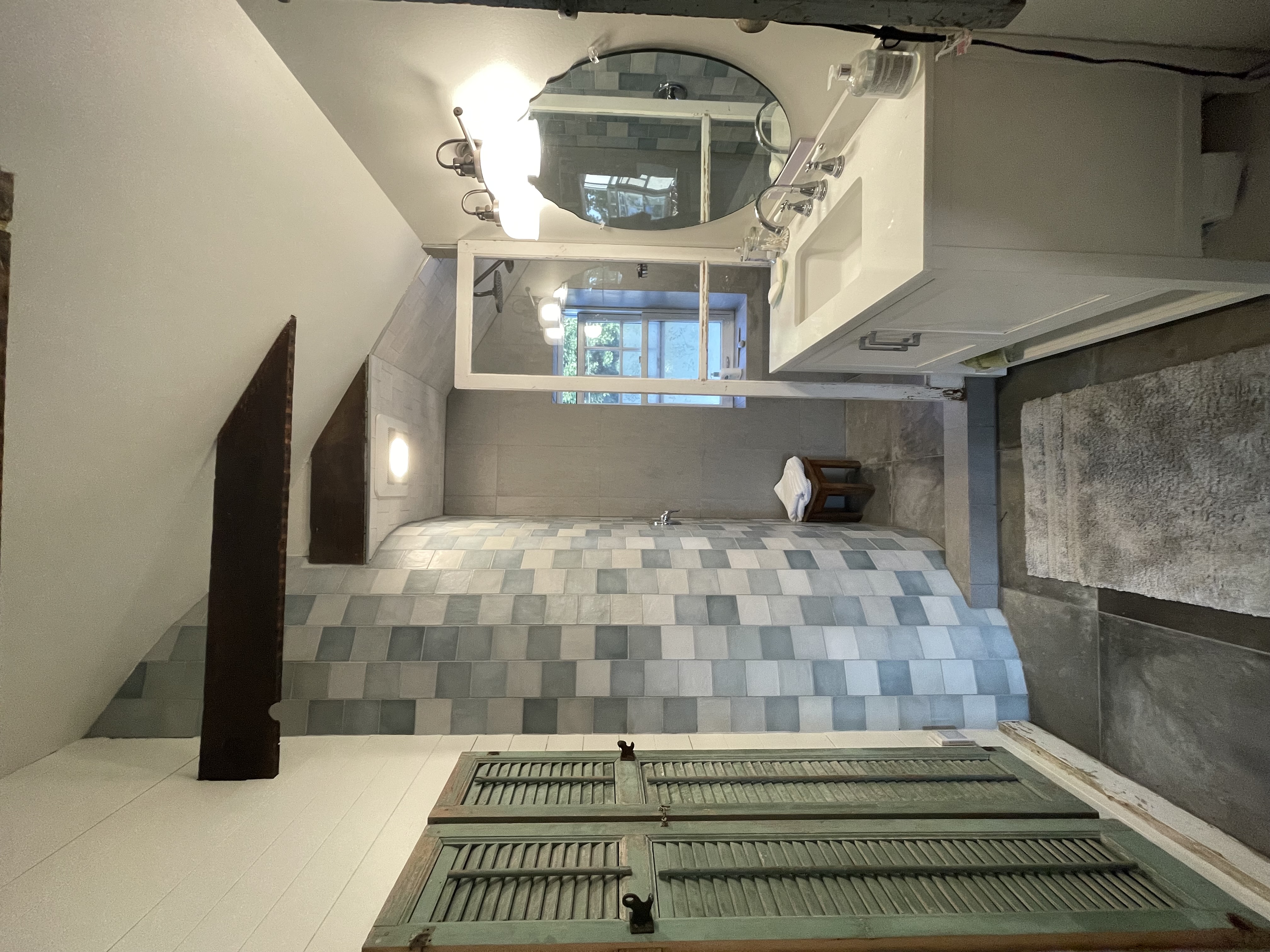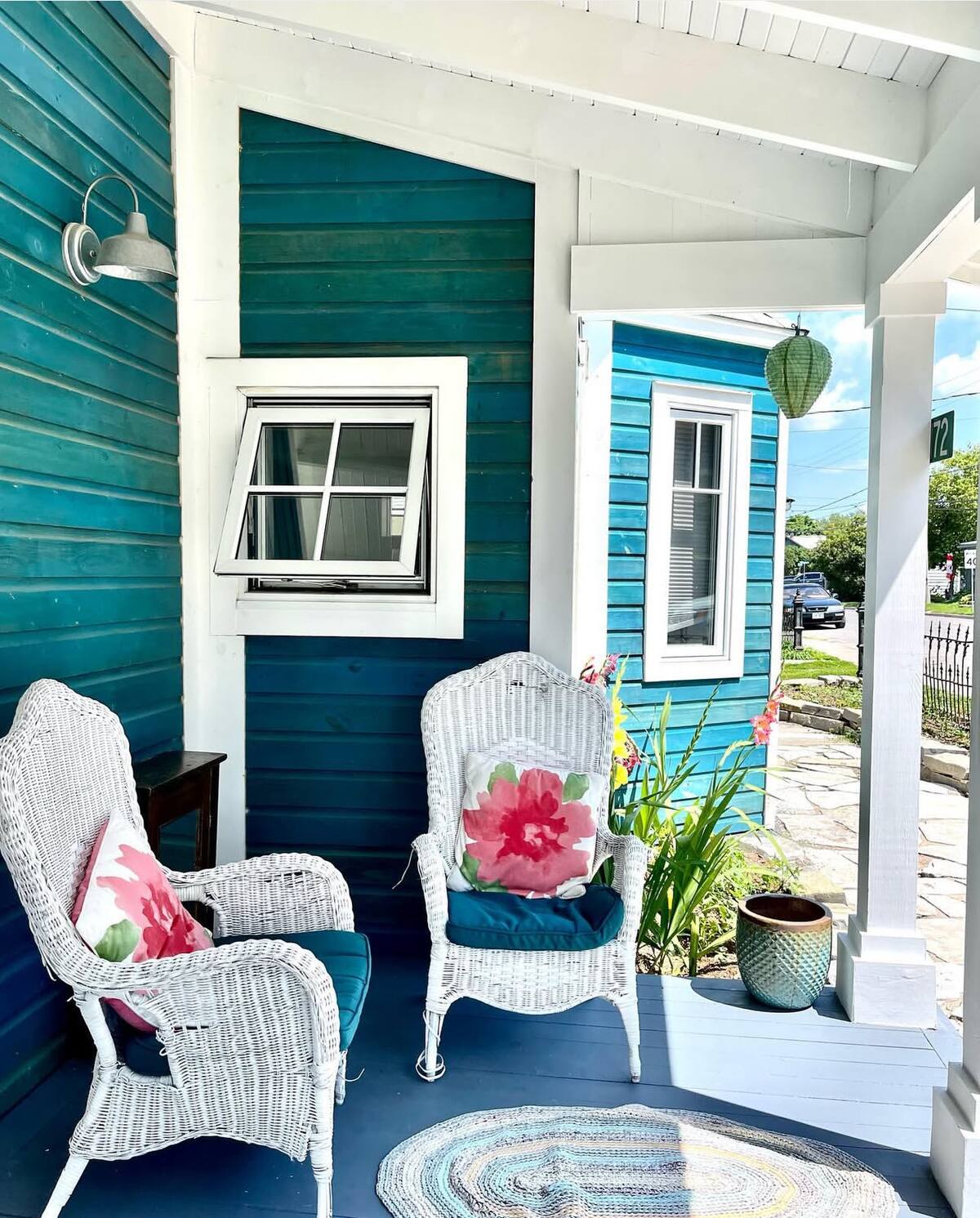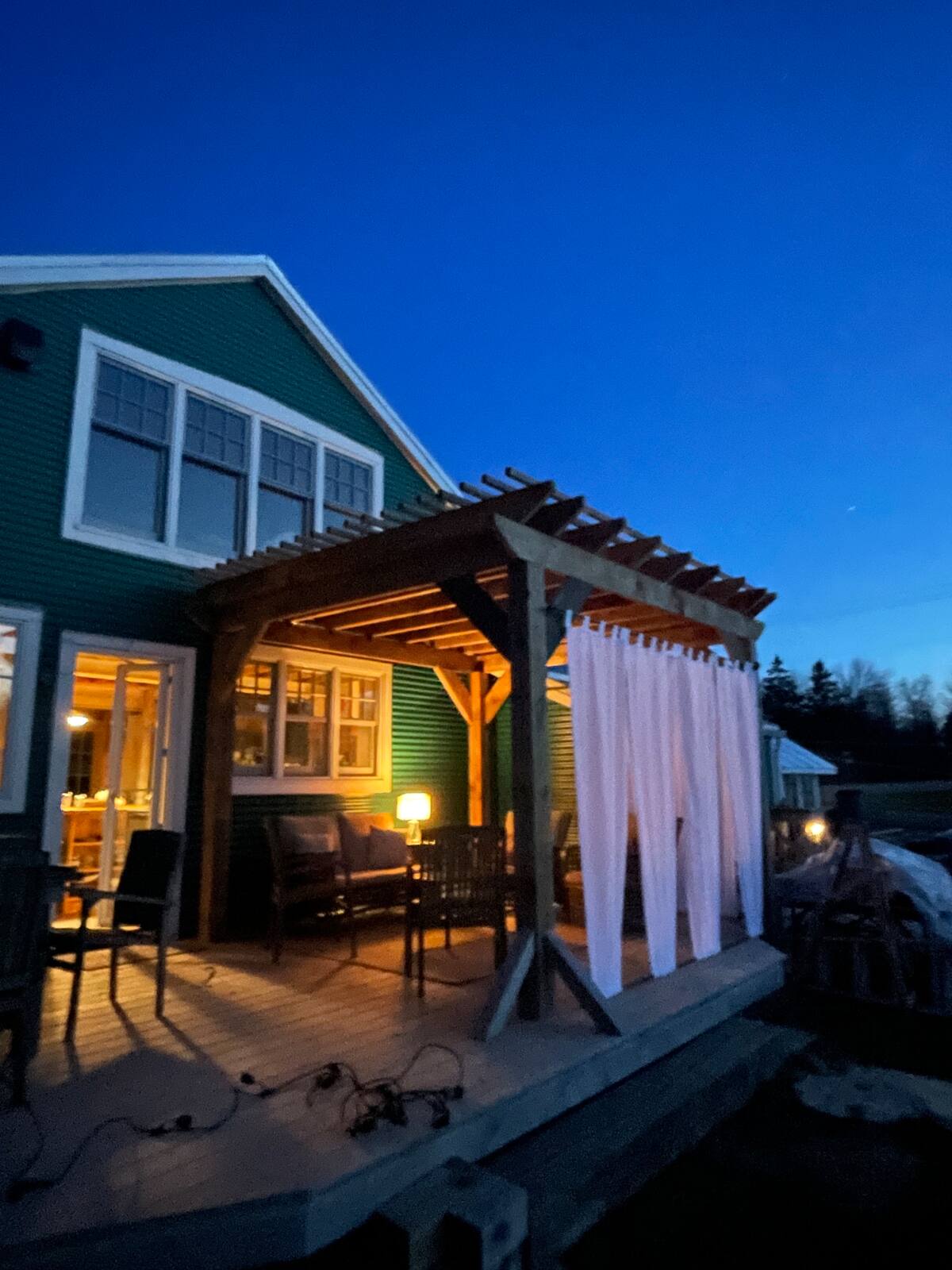The Unhurried House
This home is a net-zero ready restoration of an 1871 farmhouse by the owner. The project blended heritage charm with sustainable innovation and repurposed materials for resilient, mindful living.
| Building Type | Single-Family 2+ Stories | Location | Wolfe Island, ON |
| Year Built | 1871 | Foundation Type | Dry Stacked Limestone Rocks (Crawlspace) |
| Structure Type | Post and Beam | Total Floor Area | 167.2m2 |
| Climate Zone | 6 | Heating Degree Days | 4000 |
| Retrofit Status | Complete | Year Completed | 2025 |
| Retrofit Phasing | No | Geometry Changed | No |
| Performance Level | Please Select |
Project Team
- Heidi Mack ( Homeowner/Self-Builder )
- Ian Kilborn ( Energy Advisor )
- West Edwards ( Structural Engineer )
Project Priorities
- Reduce Energy Consumption
- Repair and/or Renew Exterior
- Improve Home Value
Project Goals
By thoughtfully sourcing and repurposing materials, honoring Elders’ wisdom, growing food, reducing operational costs, and choosing to deconstruct and rebuild rather than demolish, Heidi Mack embraced a regenerative approach to sustainable living through this retrofit.
Upgrades
- Rigid insulation installed on exterior walls
- Roof cavity filled with closed cell spray foam
- Ductless HRV’s (upstairs and downstairs)
- Mini Split Air Source Heat Pumps
- All new windows and doors
- Foundation wall completely re-built, sealed and insulated
Project Description
Planning the Retrofit
The Unhurried House is a deep energy retrofit of an 1871 farmhouse on Wolfe Island, completed by the homeowner, Heidi Mack, and envisioned as a model of ecological mindfulness, reuse, and resilience. The project followed a slow, thoughtful approach, deconstructing rather than demolishing, repurposing salvaged materials, and learning building science along the way. The plan was to rebuild the envelope using the “perfect wall” system, upgrading all mechanical systems, restoring the foundation, and prioritizing airtightness, insulation, and low energy use. The goal was to create a warm, efficient, and light-filled home that honors the house’s heritage while inviting slowness, creativity, and conscious, sustainable living.
Getting to Net Zero
The plan was to add solar to the finished product, unfortunately, the orientation and complex geometry of the roof made solar uneconomical compared to buying electricity from the grid. Wolfe Island has also met its net metering capacity and so feeding the grid from our prospective panels is not possible. A cost assessment was completed by Ian Kilborn and by the St Lawrence college sustainability program students and both found a solar array to not be necessary or effective. They are now looking into a GENEREX battery system on the new rebate program with the possibility of charging it in ultra low Hydro One night usage costs and timing peak usage to switch to the battery.
Before & After
General |
Envelope |
Mechanical & Electrical |
